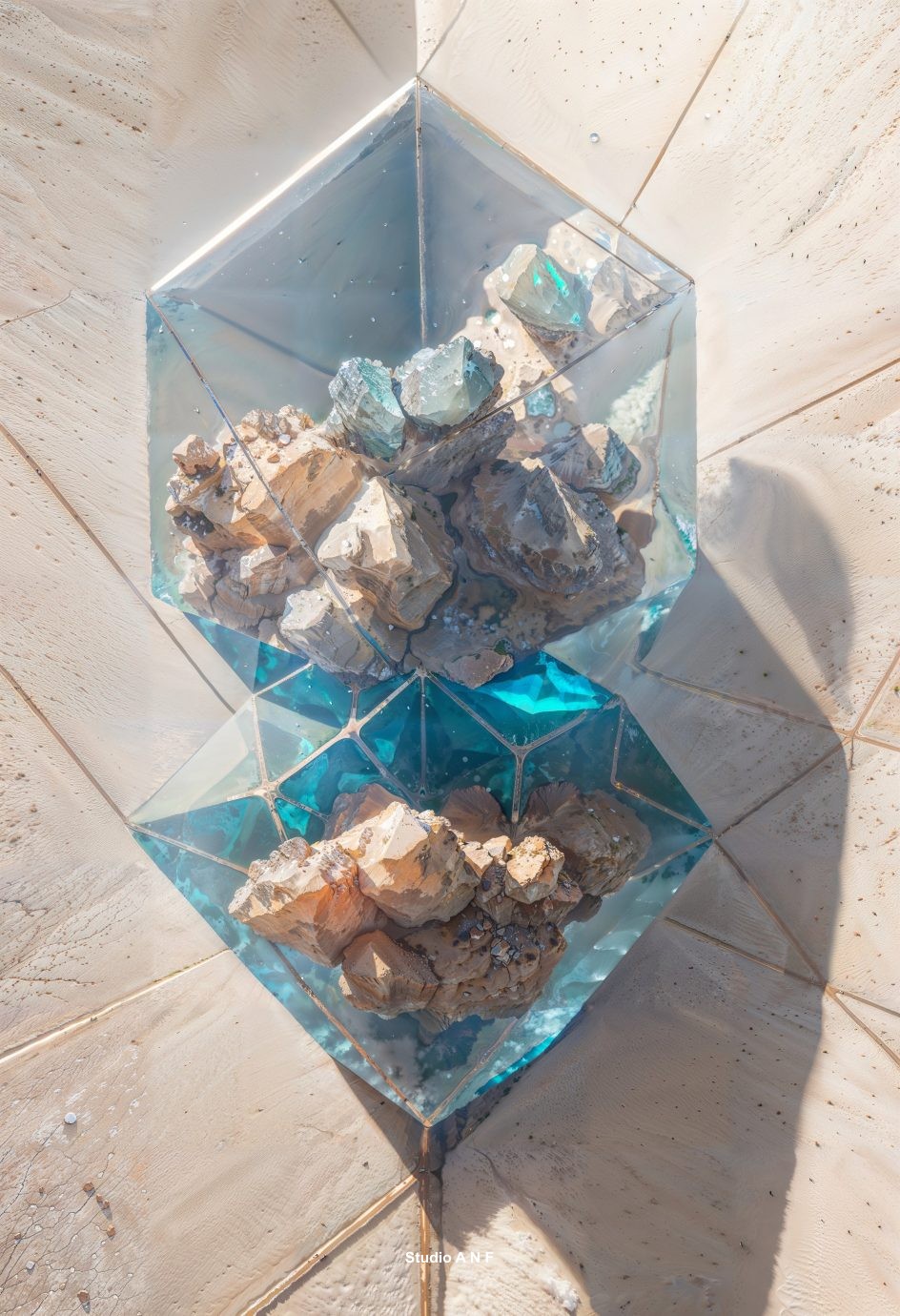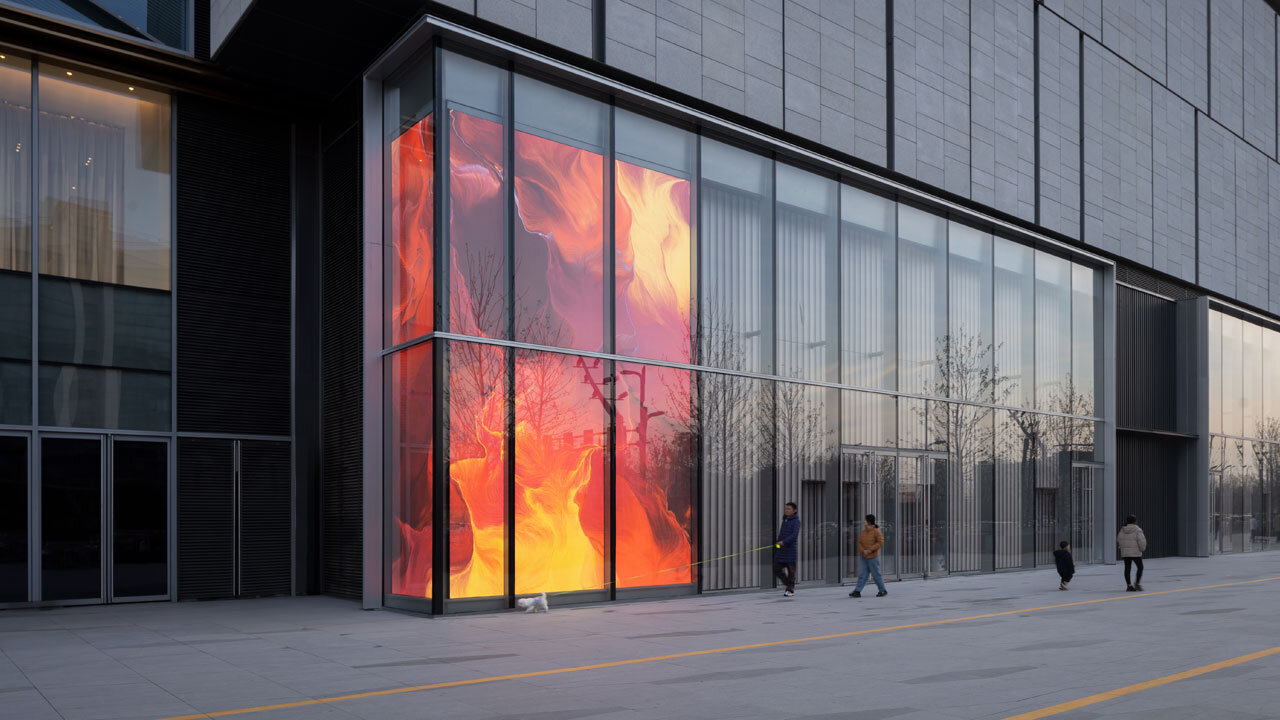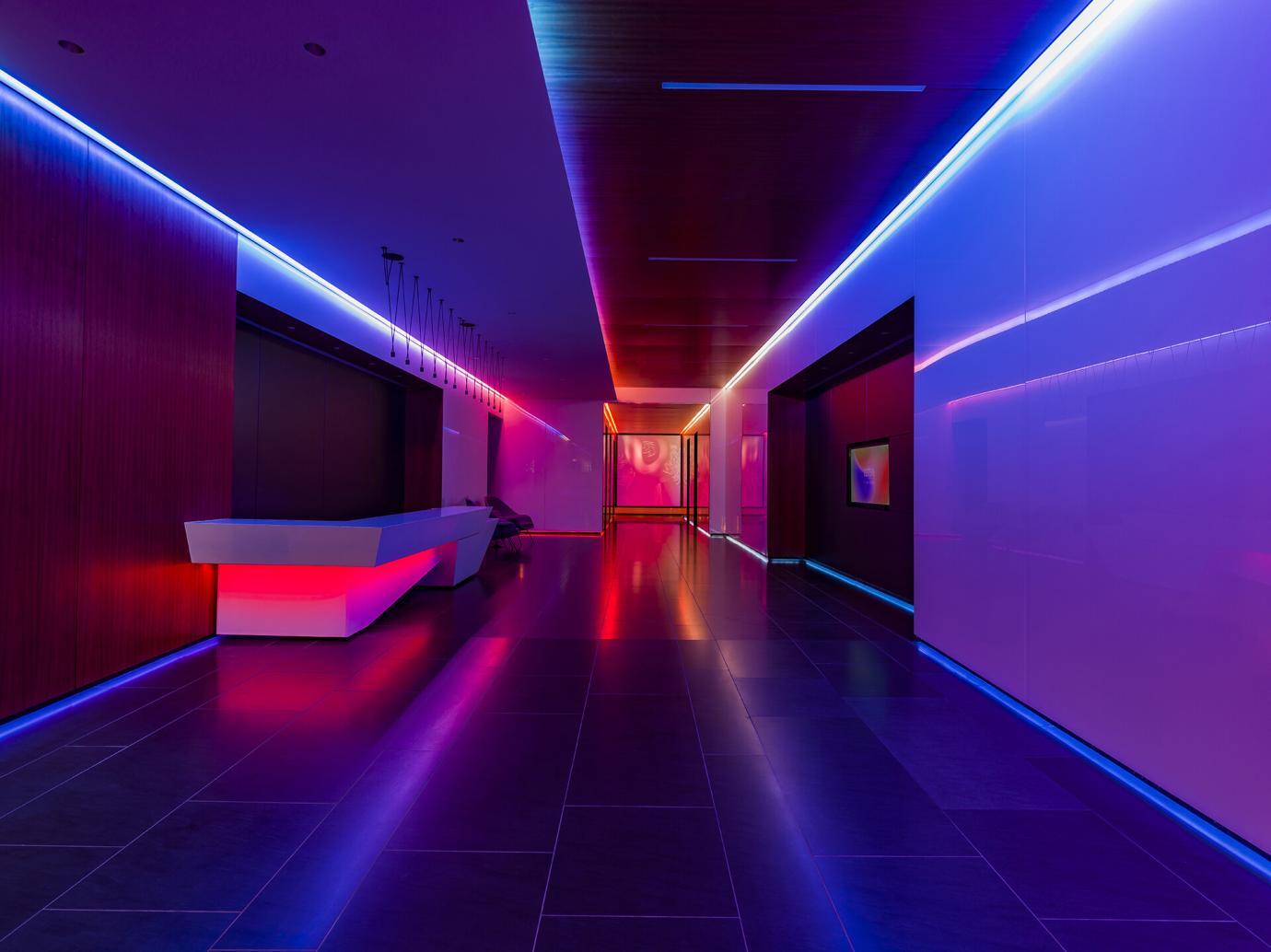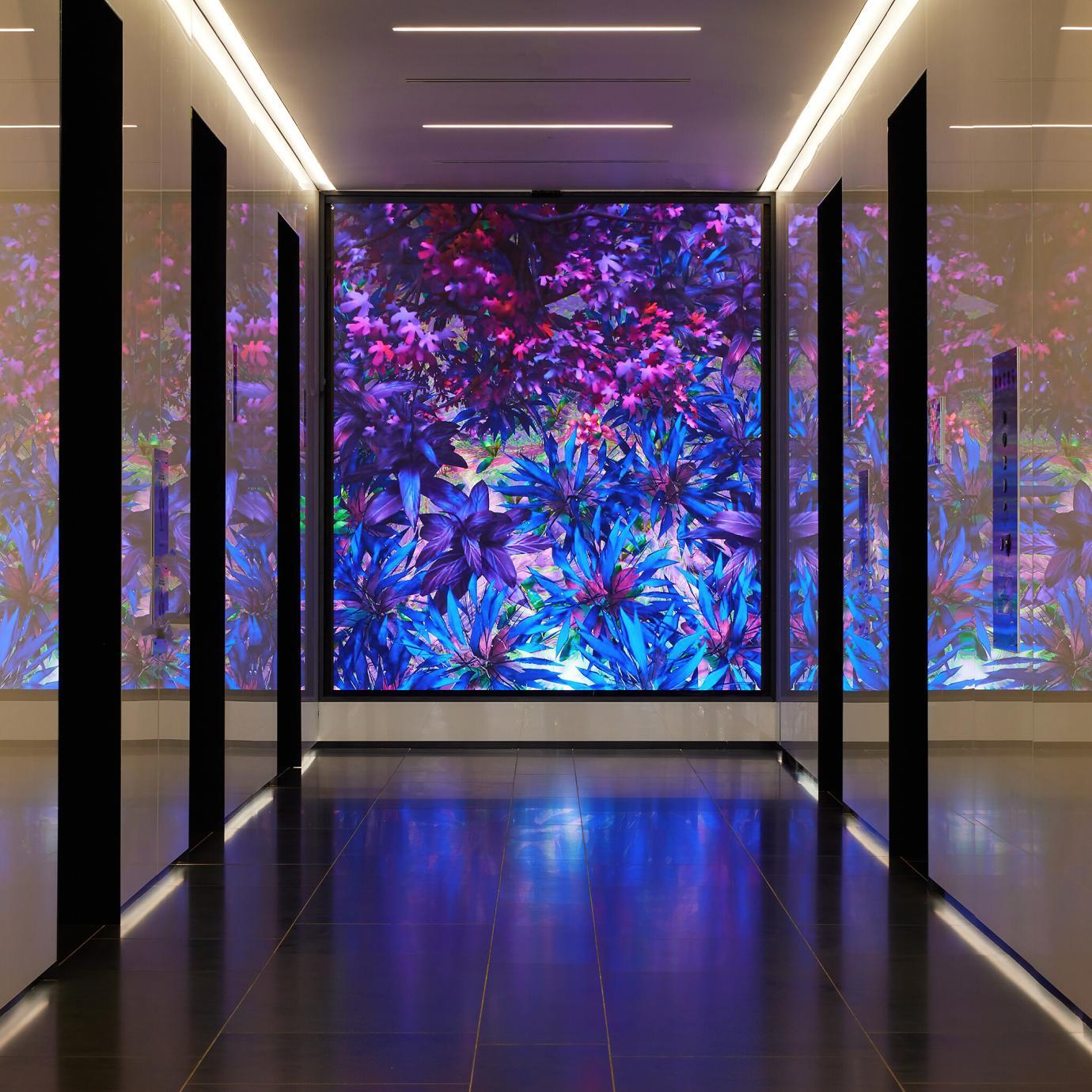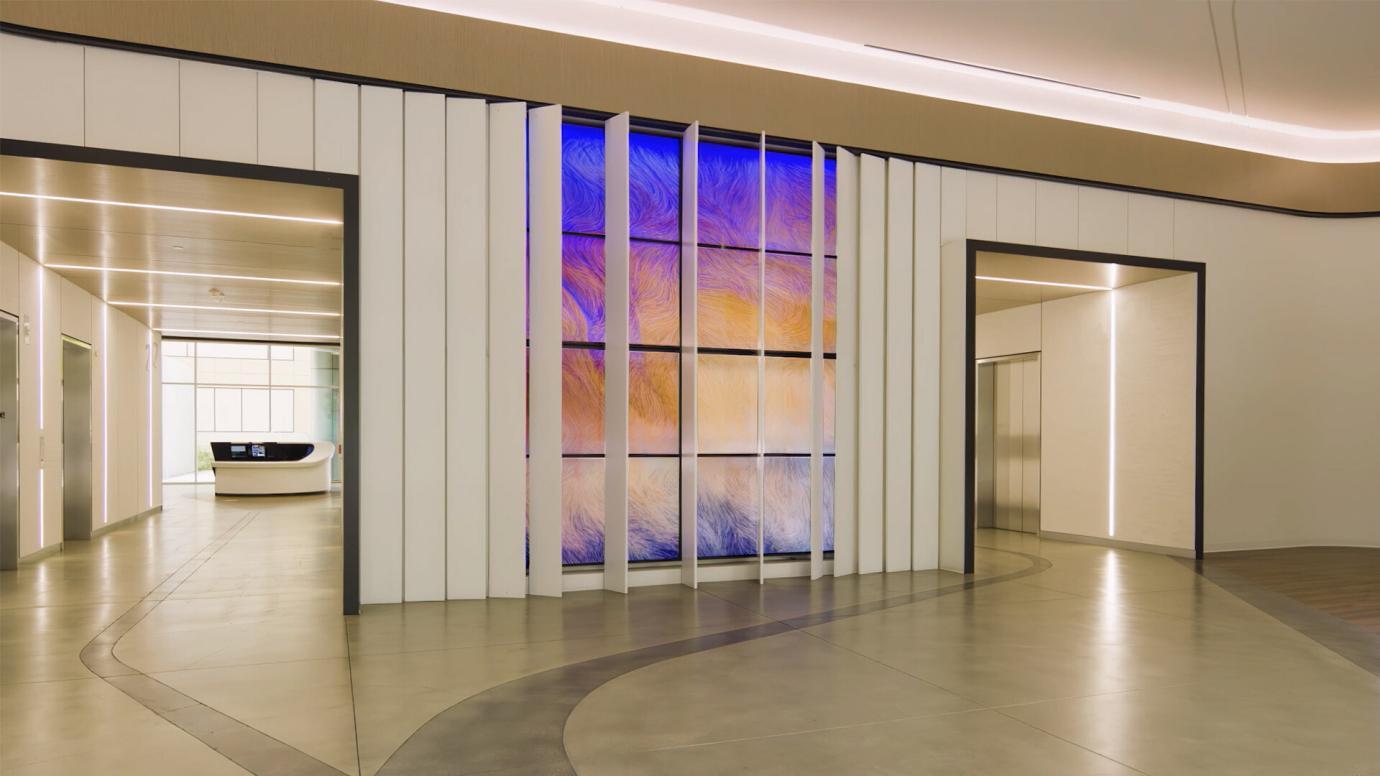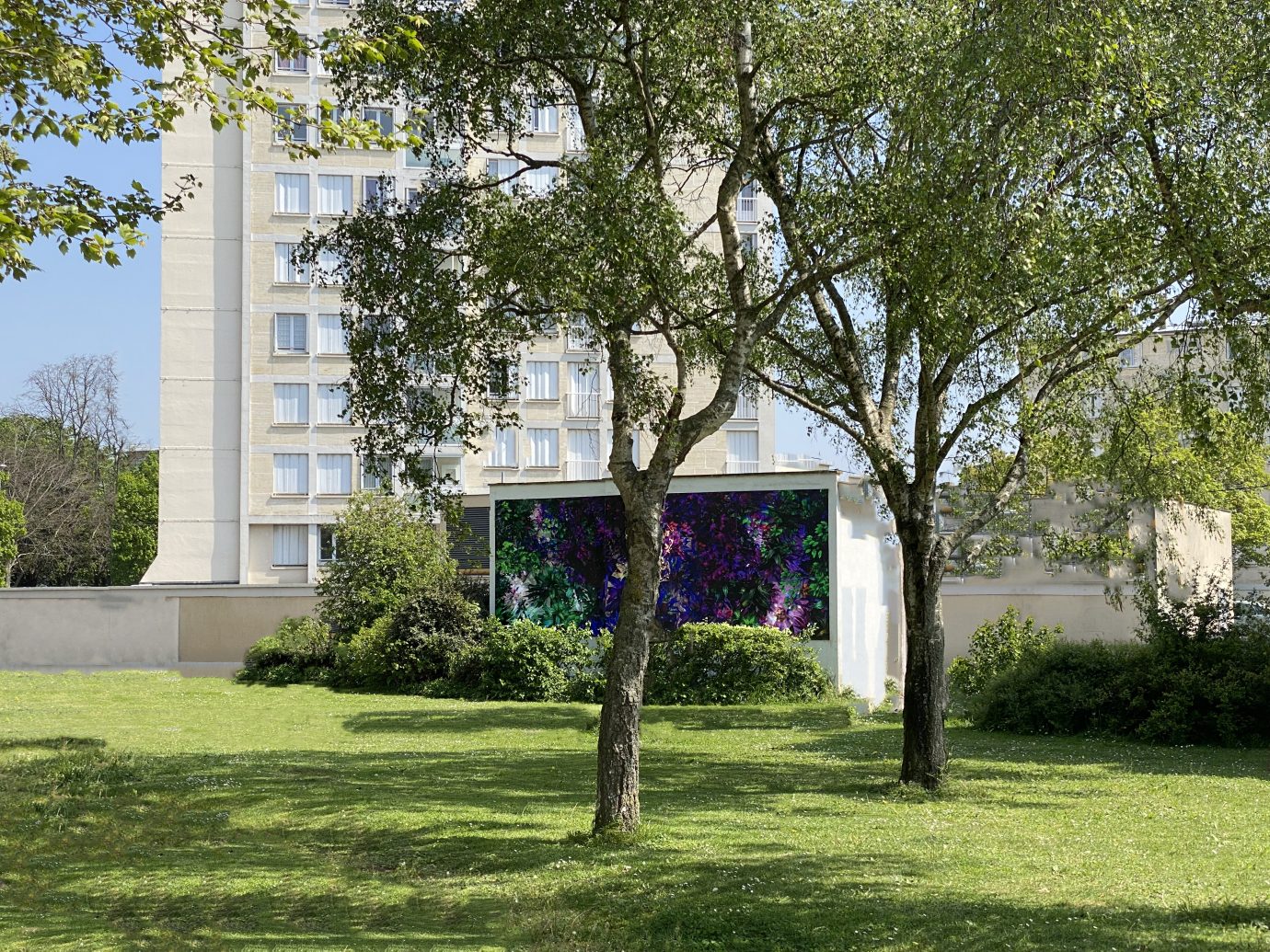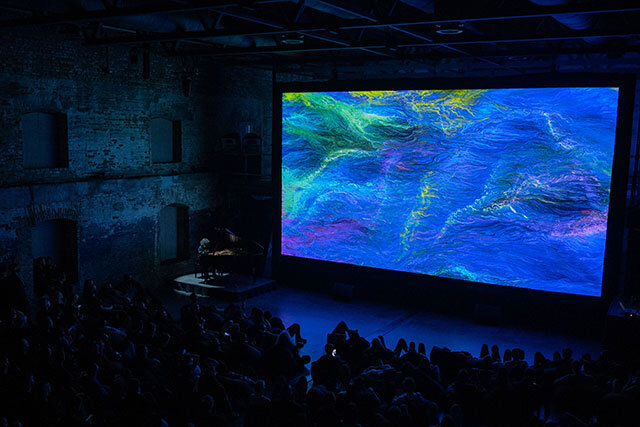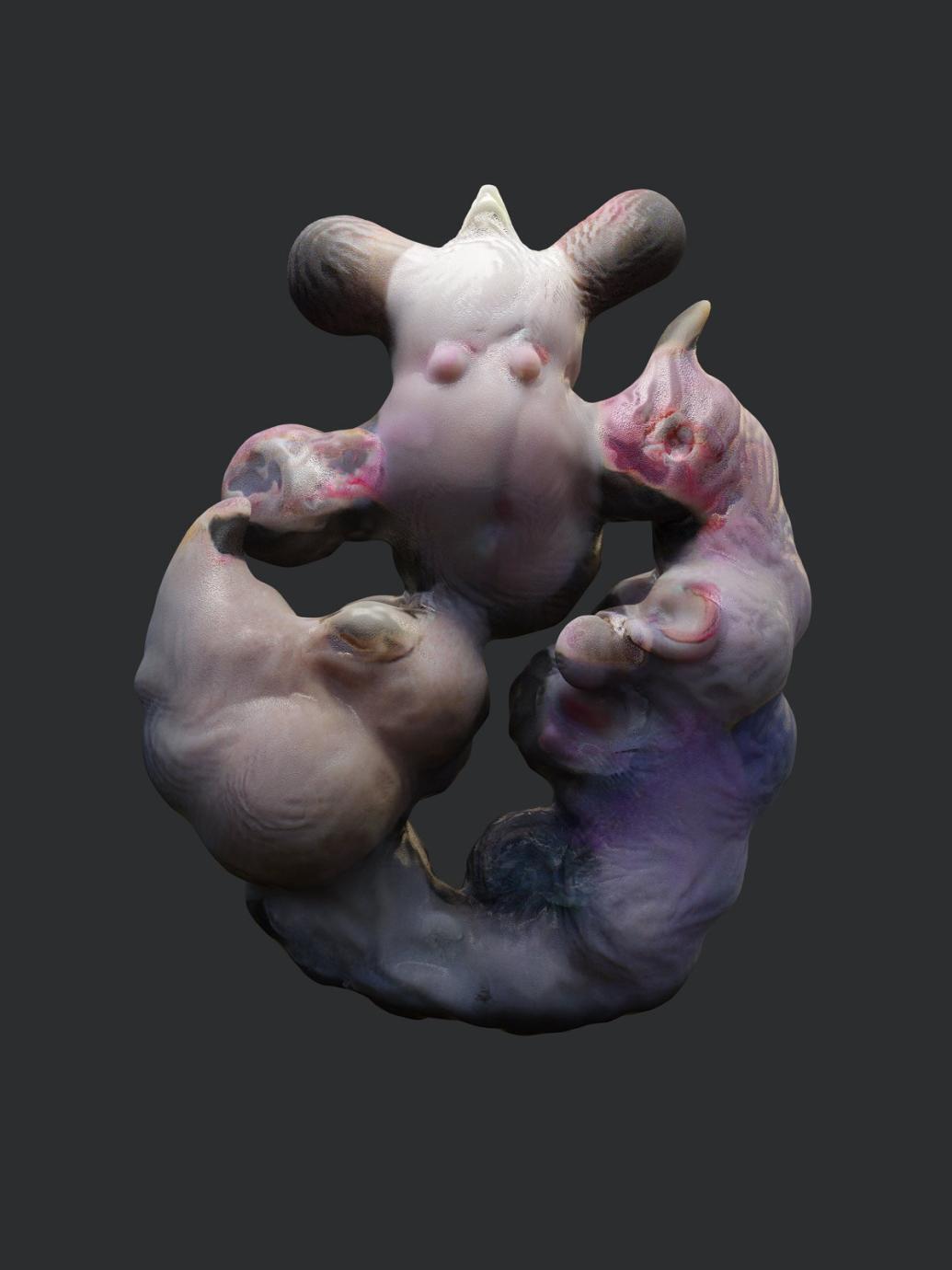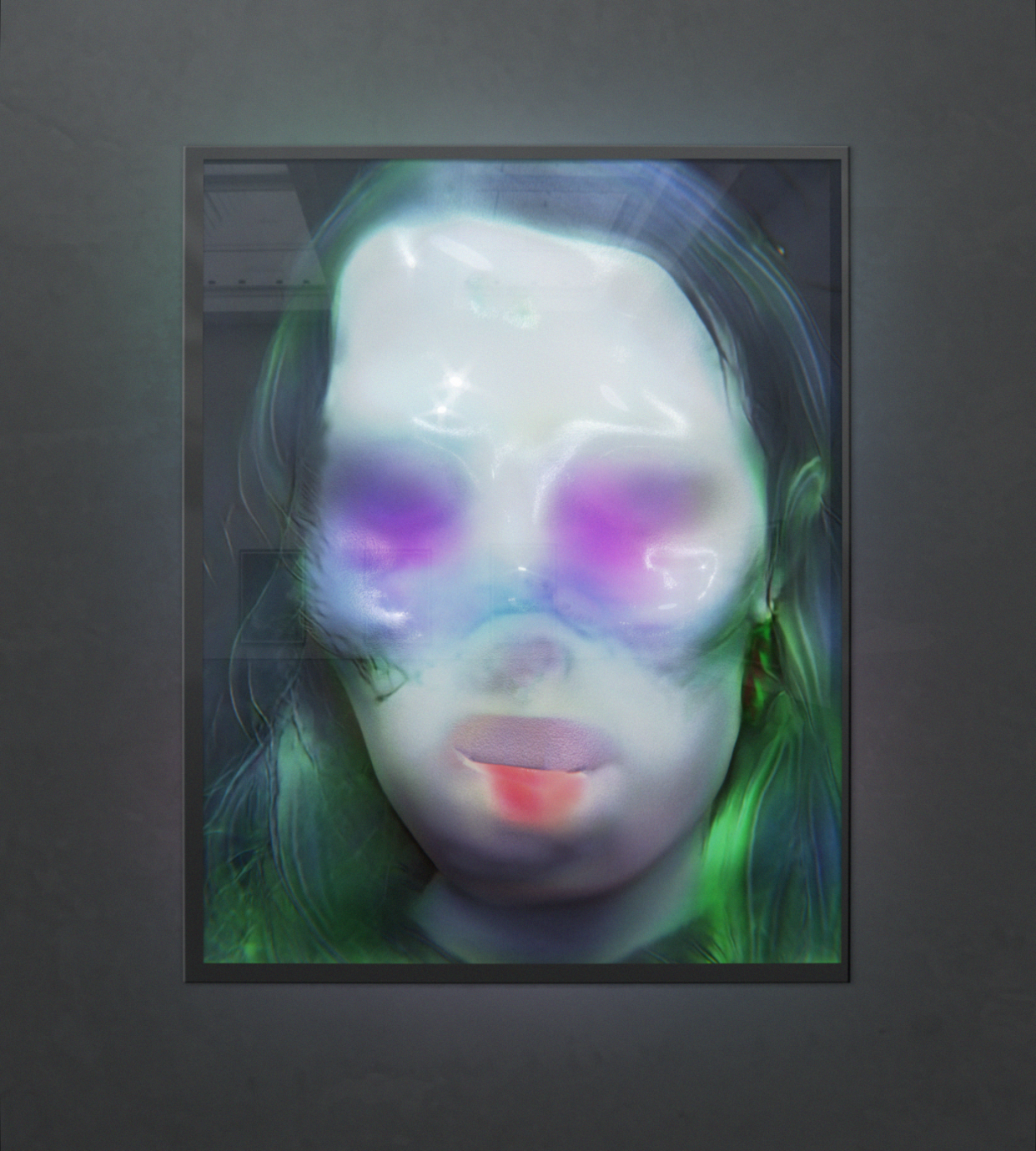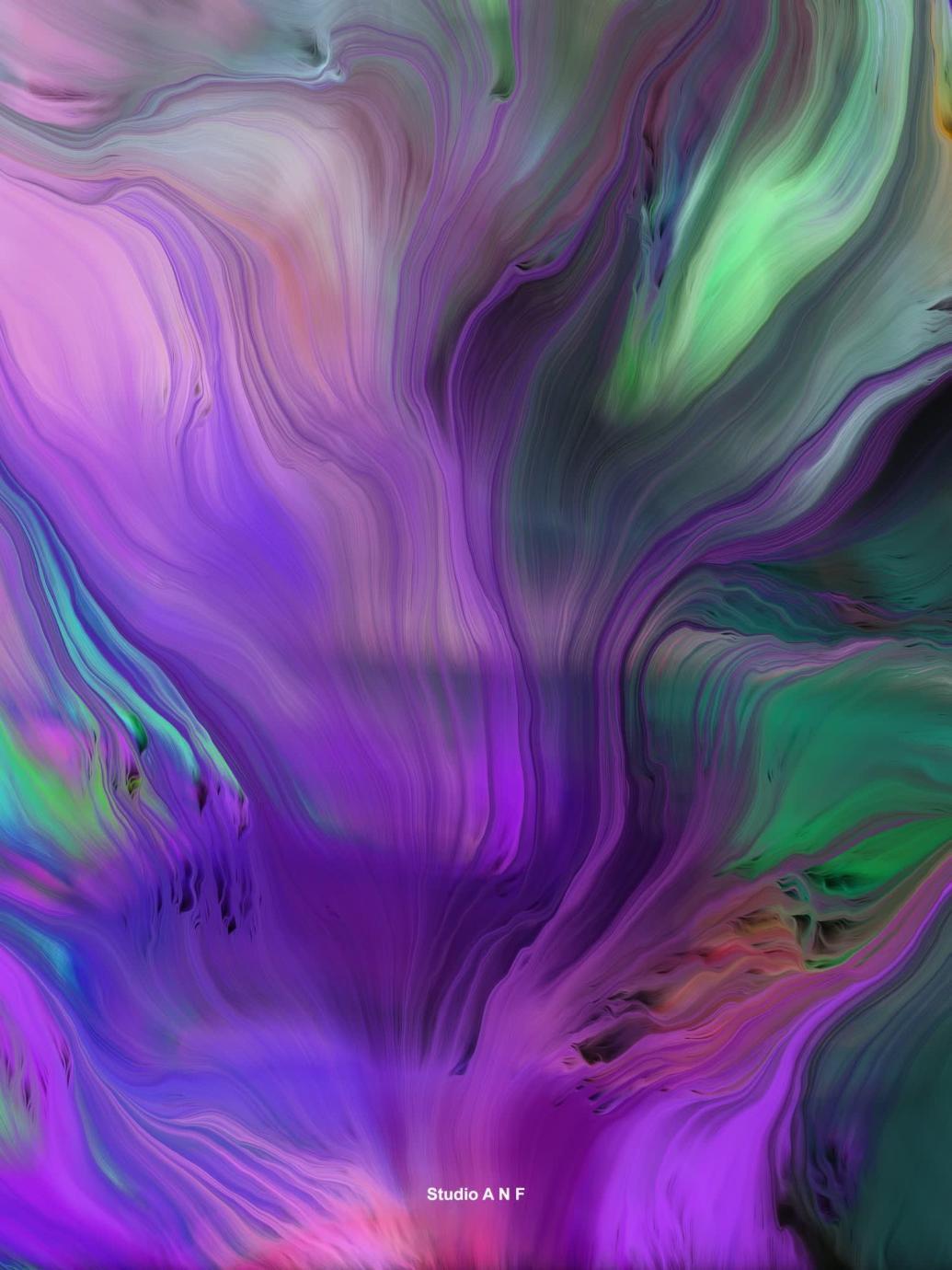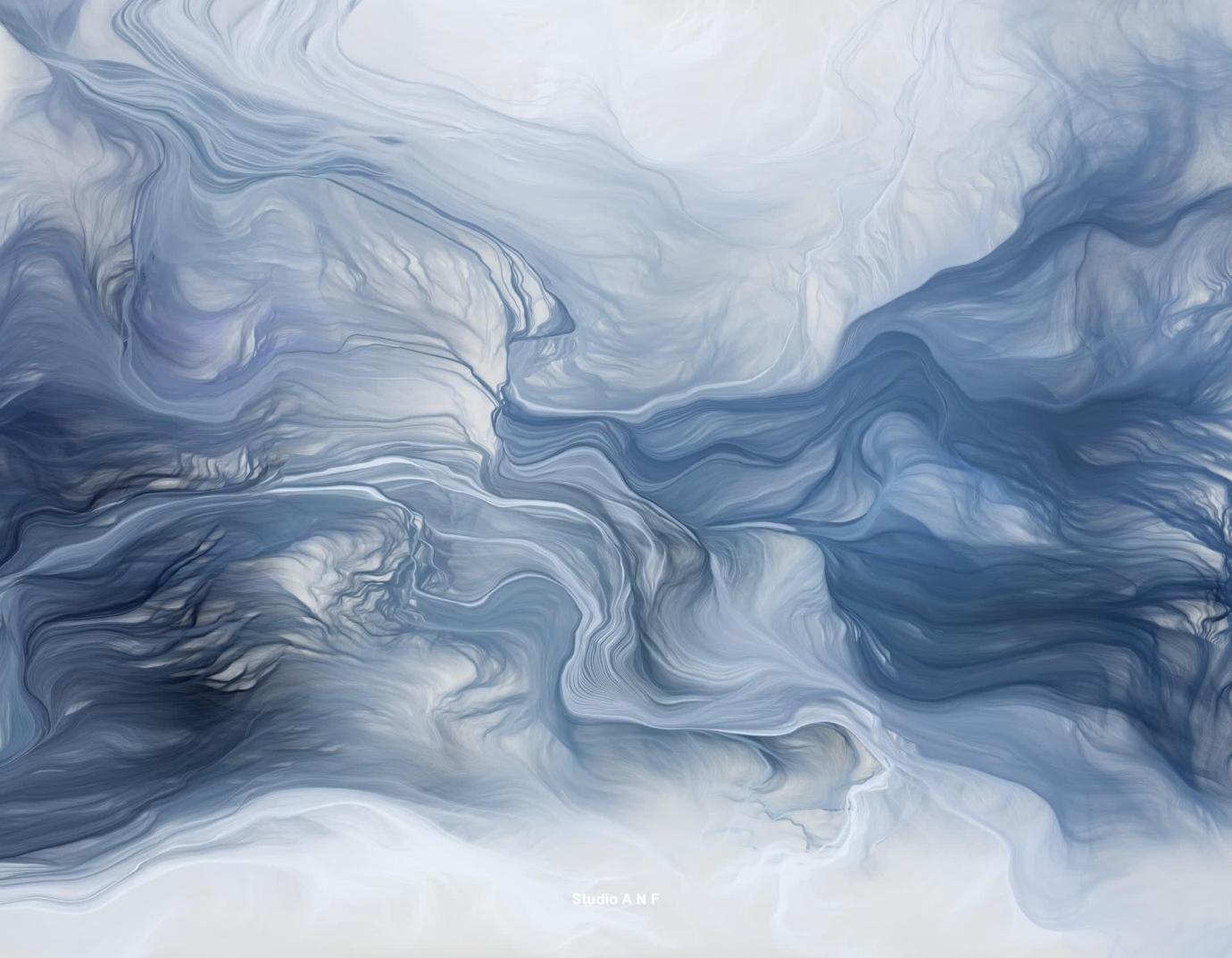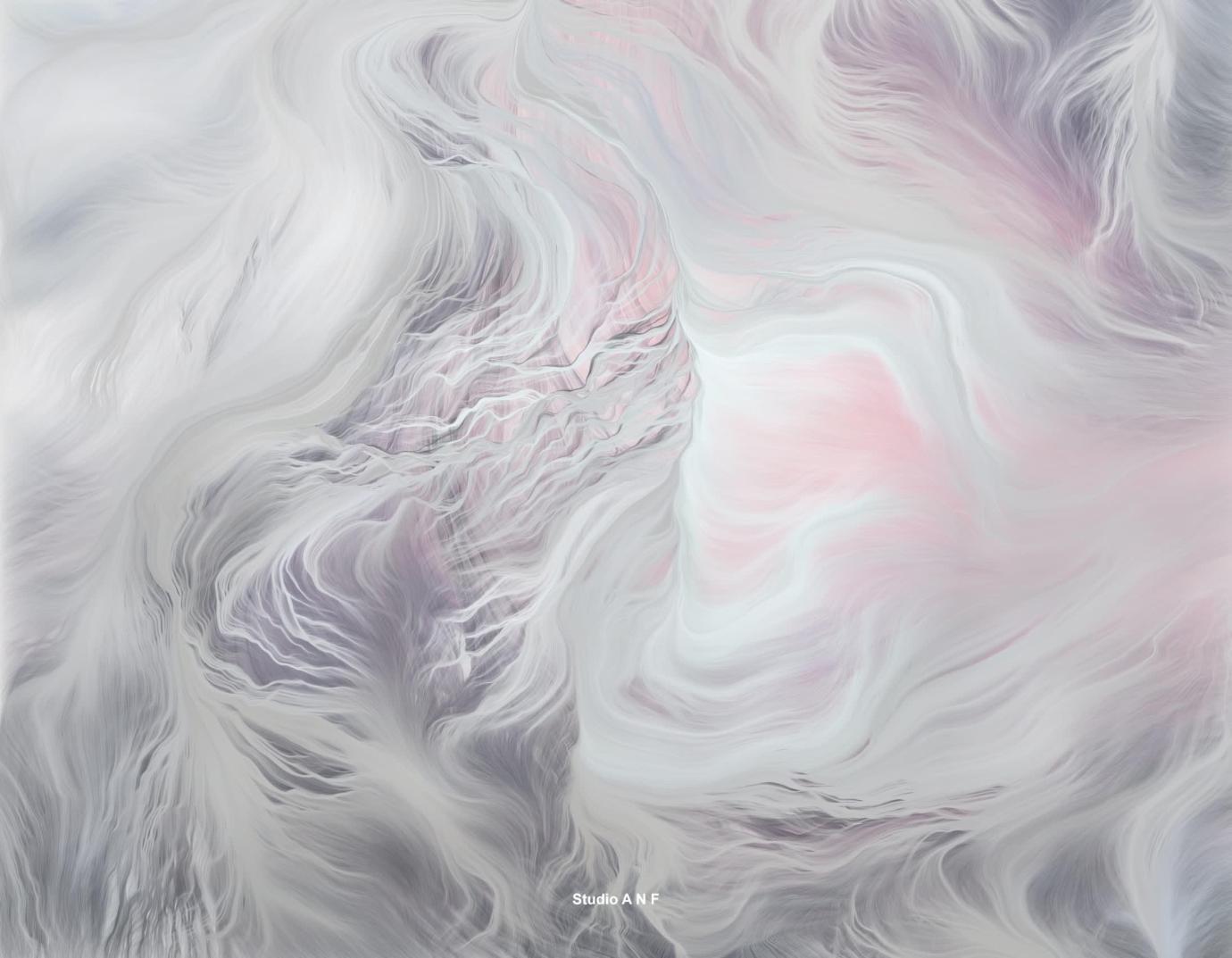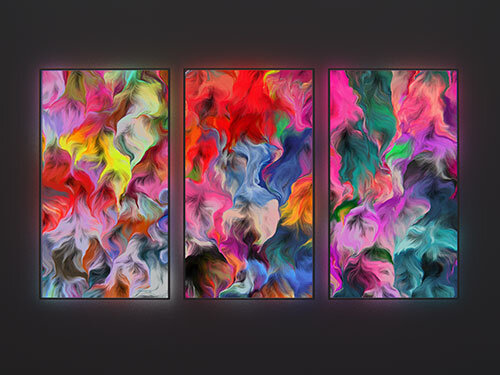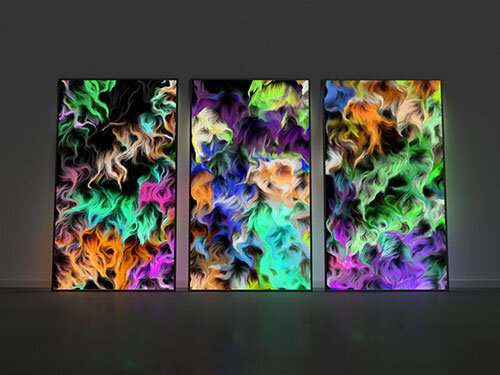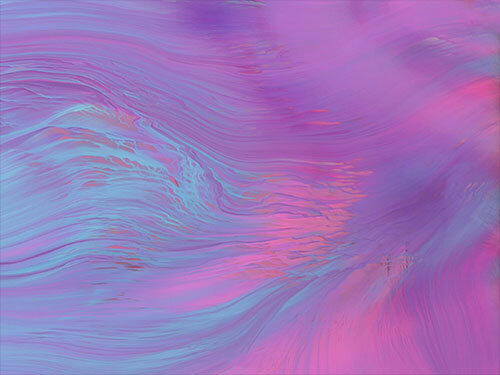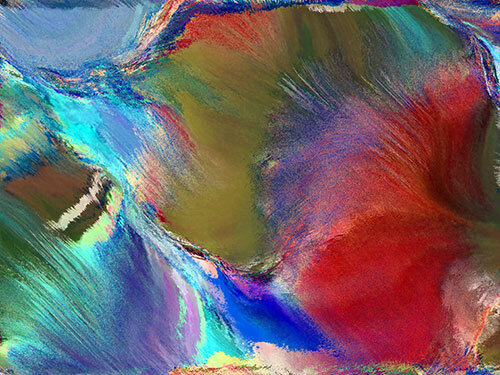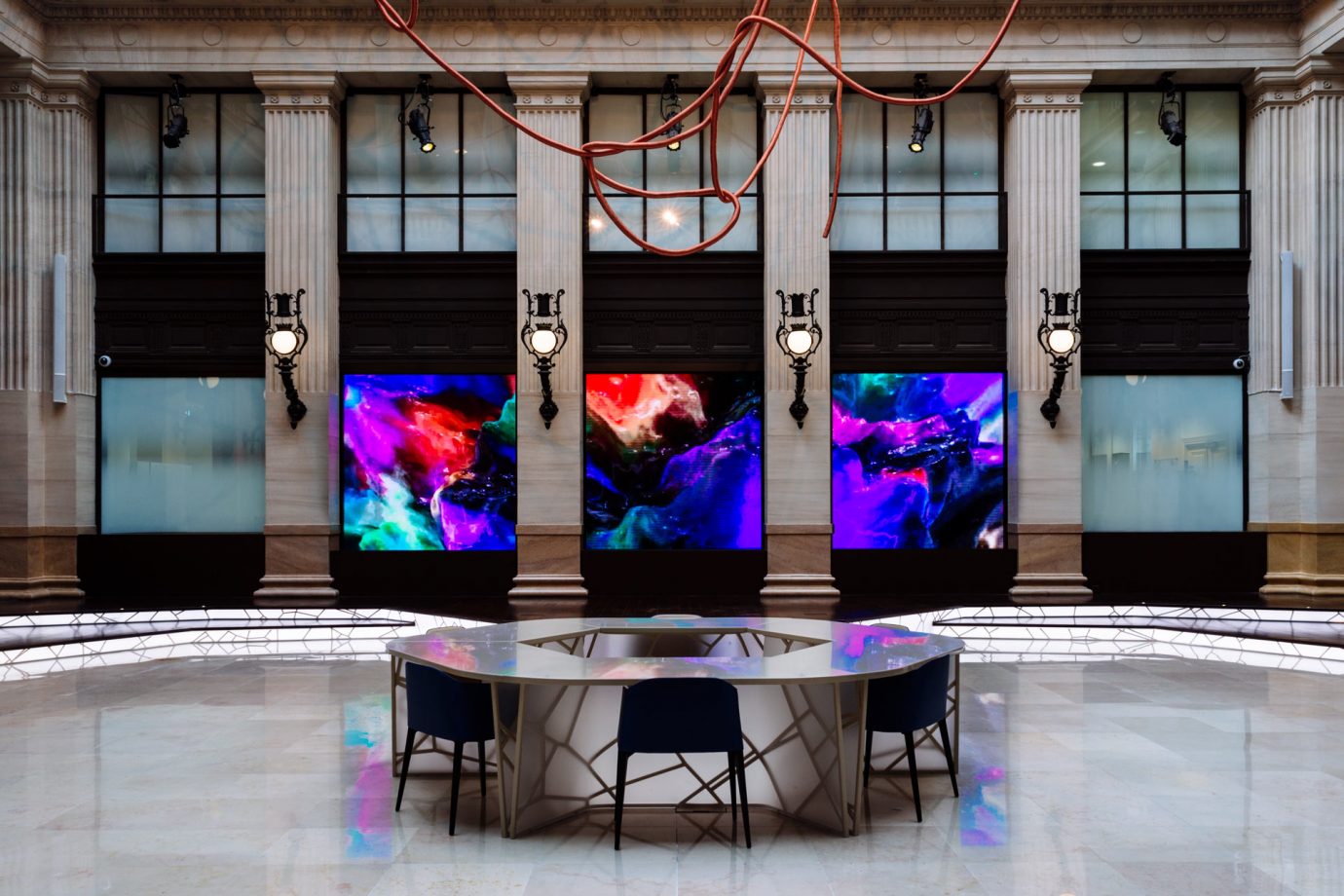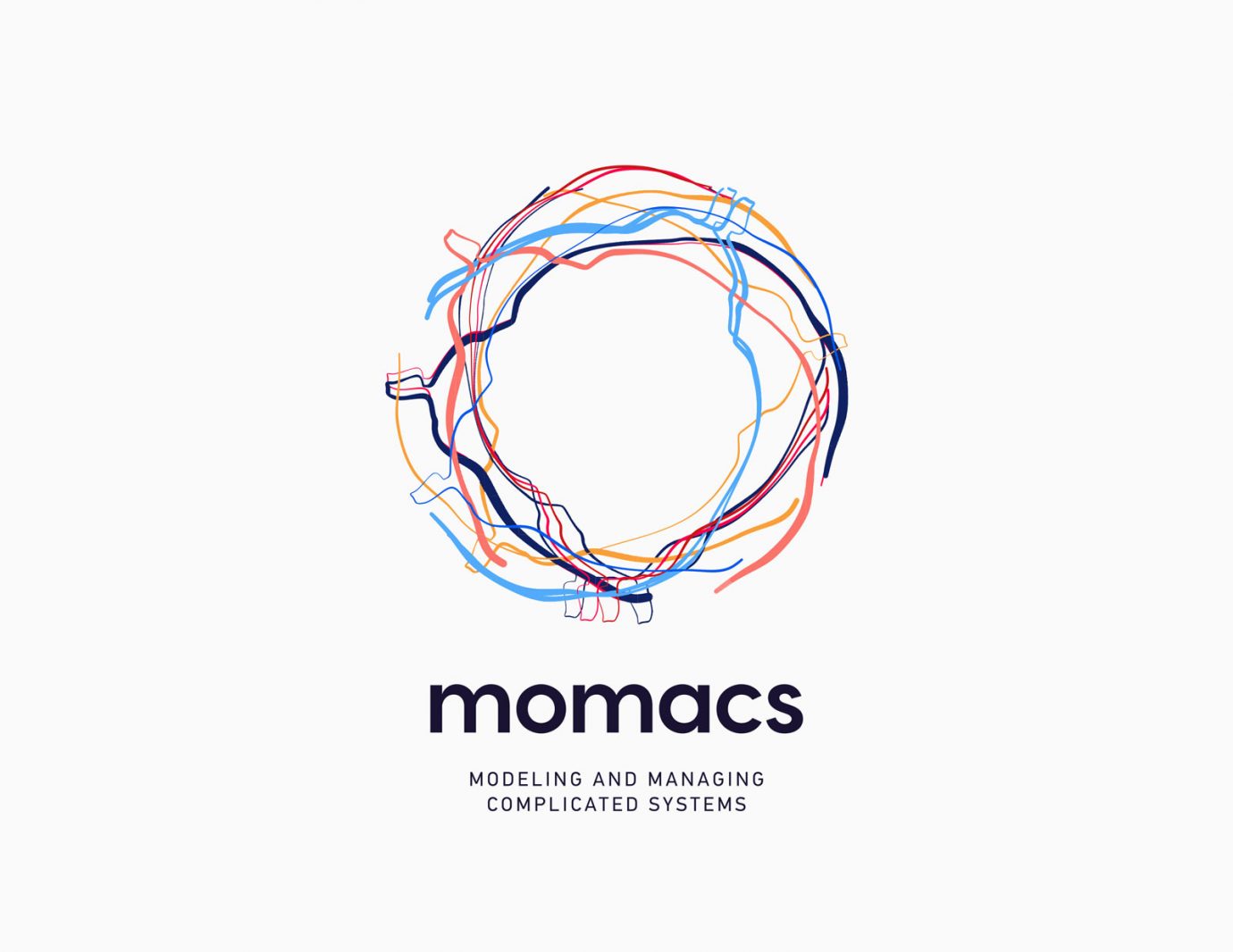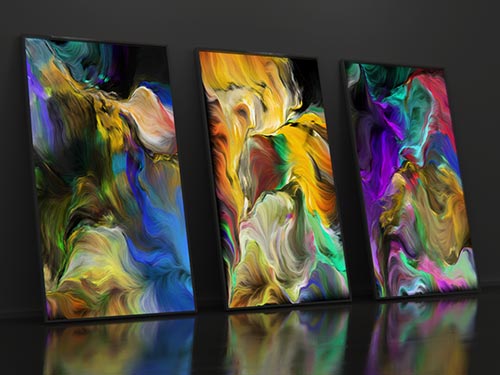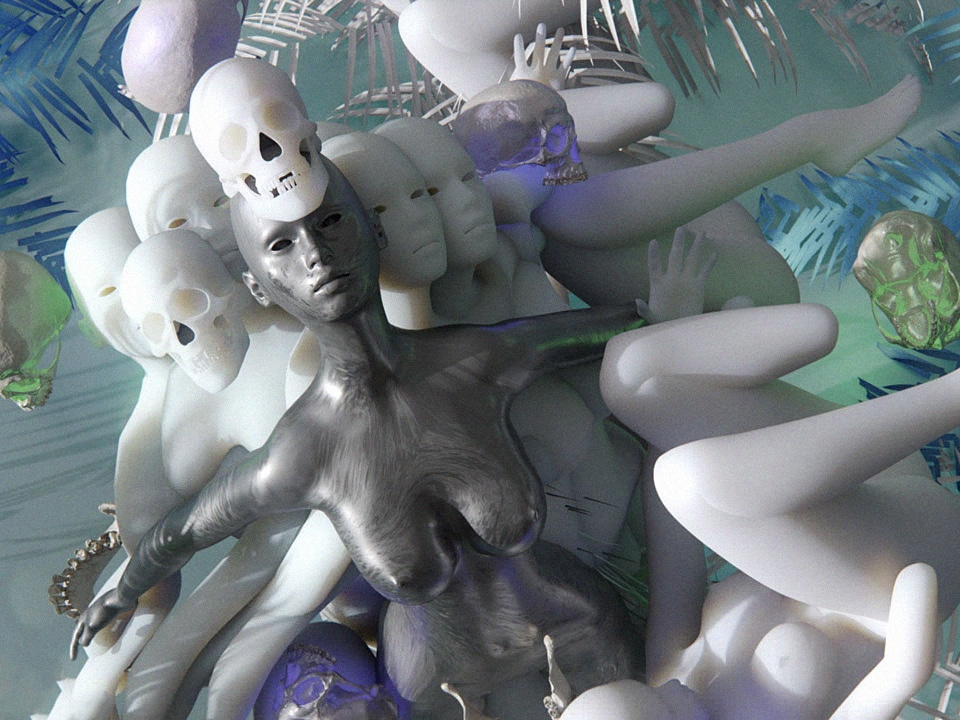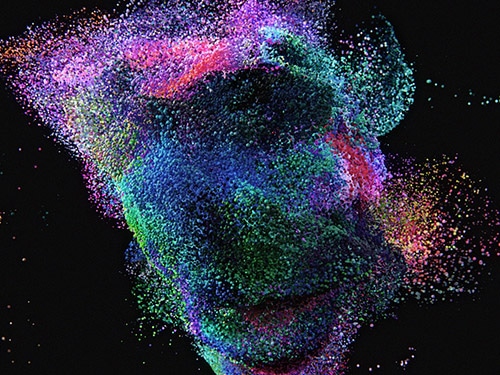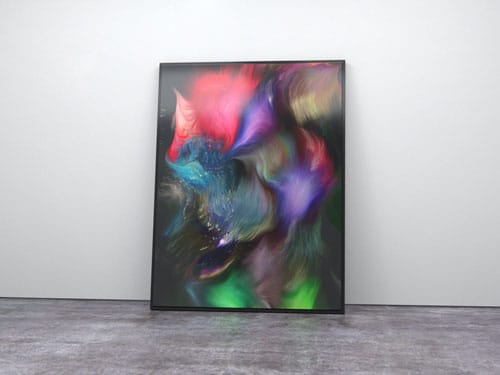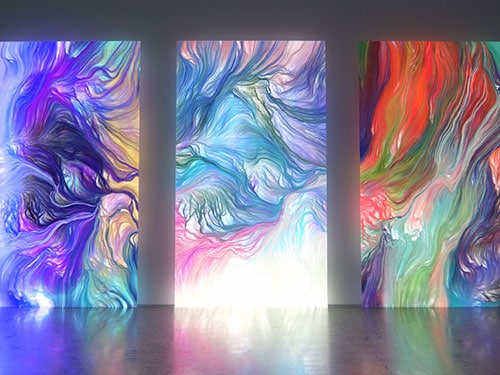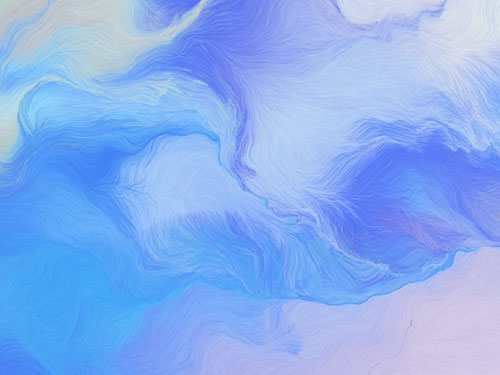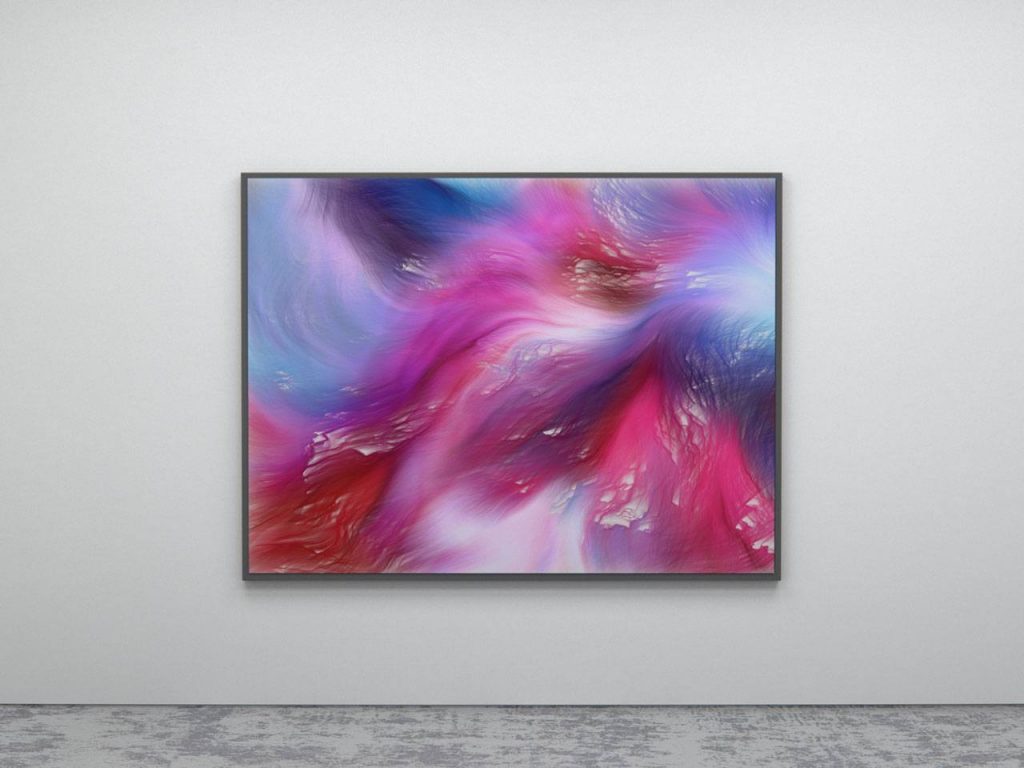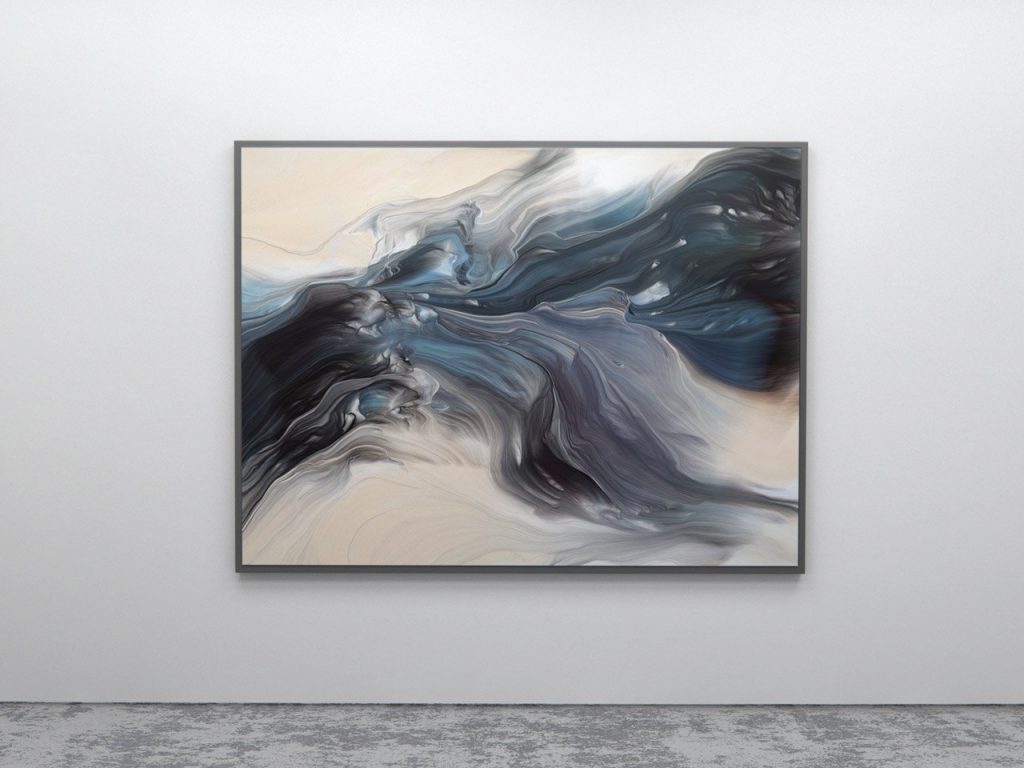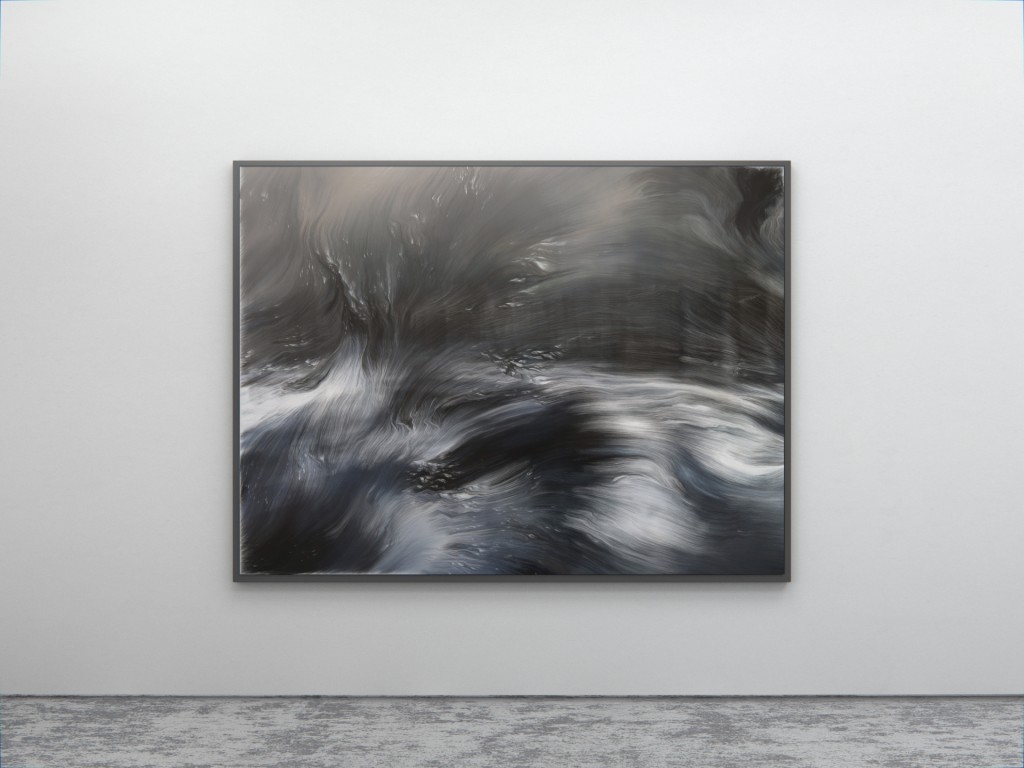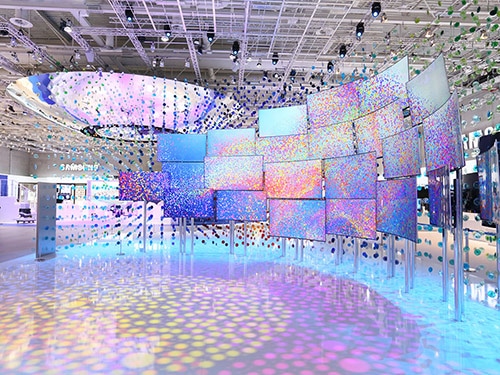Search Results for: corp

In the ever-evolving realm of digital art, a new trend has recently captured the imagination of artists and audiences alike: Hypercore. This innovative style represents a blend of digital pop art maximalism with the cutting-edge capabilities of artificial intelligence (AI), creating a genre that is both visually arresting and conceptually profound. Hypercore is characterized by its use of AI-generated, hallucinatory imagery that pushes the boundaries of traditional aesthetics and challenges our perceptions of art and technology.
Origins and Influences
Hypercore’s roots can be traced back to the early experiments in digital art, where artists began to explore the potential of computers and software to create visual experiences beyond the scope of traditional media. This digital revolution laid the groundwork for the development of ai media art, leading to the birth of Hypercore. It draws inspiration from various artistic movements, particularly pop art’s use of bold colors and mass culture imagery, as well as the maximalist approach of embracing excess and complexity in design.

The Role of AI in Hypercore
ai media art plays a central role in the creation of Hypercore art. Artists use advanced algorithms to generate complex, often surreal imagery that appears to be ‘hallucinated’ by the machine. These AI models are trained on vast datasets of images, allowing them to produce unique visual compositions that can be both abstract and hyper-realistic. This process results in a fusion of human creativity and machine intelligence, blurring the lines between artist and tool.
Characteristics of Hypercore Art
Hypercore art is distinguished by its vibrant color schemes, intricate patterns, and often overwhelming detail. The imagery can range from fantastical landscapes to bizarre, dream-like scenes, featuring elements that combine the familiar with the utterly alien. This style embraces a sense of overabundance, often packing the canvas with a plethora of visual stimuli that engage and sometimes overload the viewer’s senses.
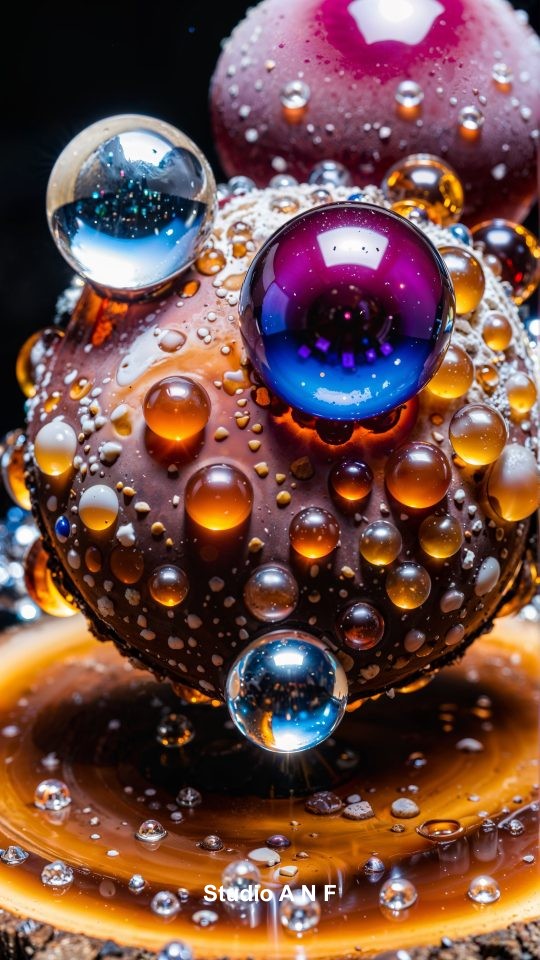
Themes and Interpretations
Thematically, Hypercore art often delves into the relationship between humans and technology, exploring the impact of AI on society, culture, and individual identity. It raises questions about the nature of creativity and the role of the artist in an age where machines can produce art. Many Hypercore works also comment on the information overload of the digital age, reflecting the chaotic, fast-paced nature of modern life.
Hypercore in the Art World
The rise of Hypercore has been meteoric in the art world, with exhibitions and galleries increasingly showcasing these AI-assisted creations. Its appeal lies in its novelty and the way it challenges traditional art forms. Critics and enthusiasts alike are fascinated by the potential of AI to revolutionize artistic expression, and Hypercore has become a symbol of this potential.
Technological Challenges and Ethical Considerations
The creation of Hypercore art is not without its challenges. The technology behind AI-generated imagery is complex and requires significant computational resources. Moreover, there are ethical considerations regarding the use of ai media art, such as the originality of the work and the potential replacement of human artists by machines.
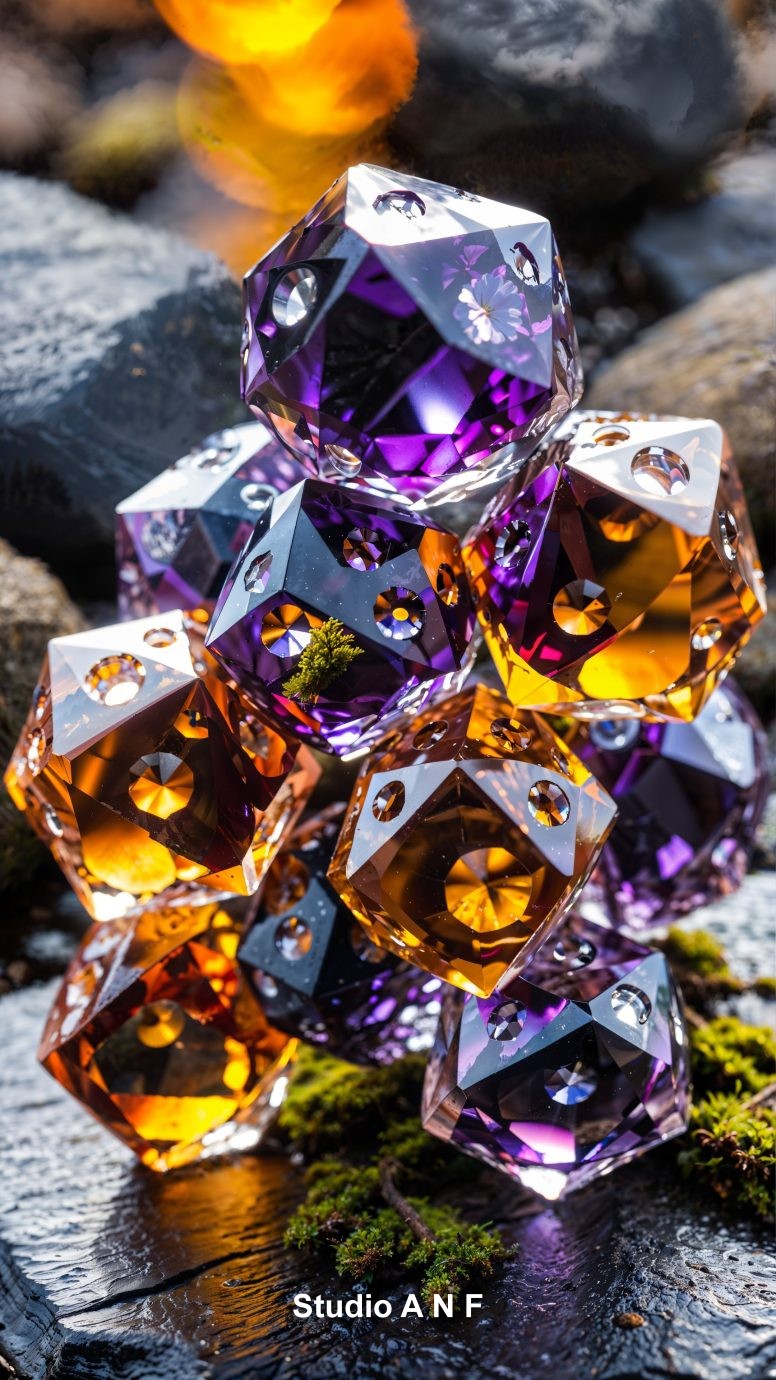

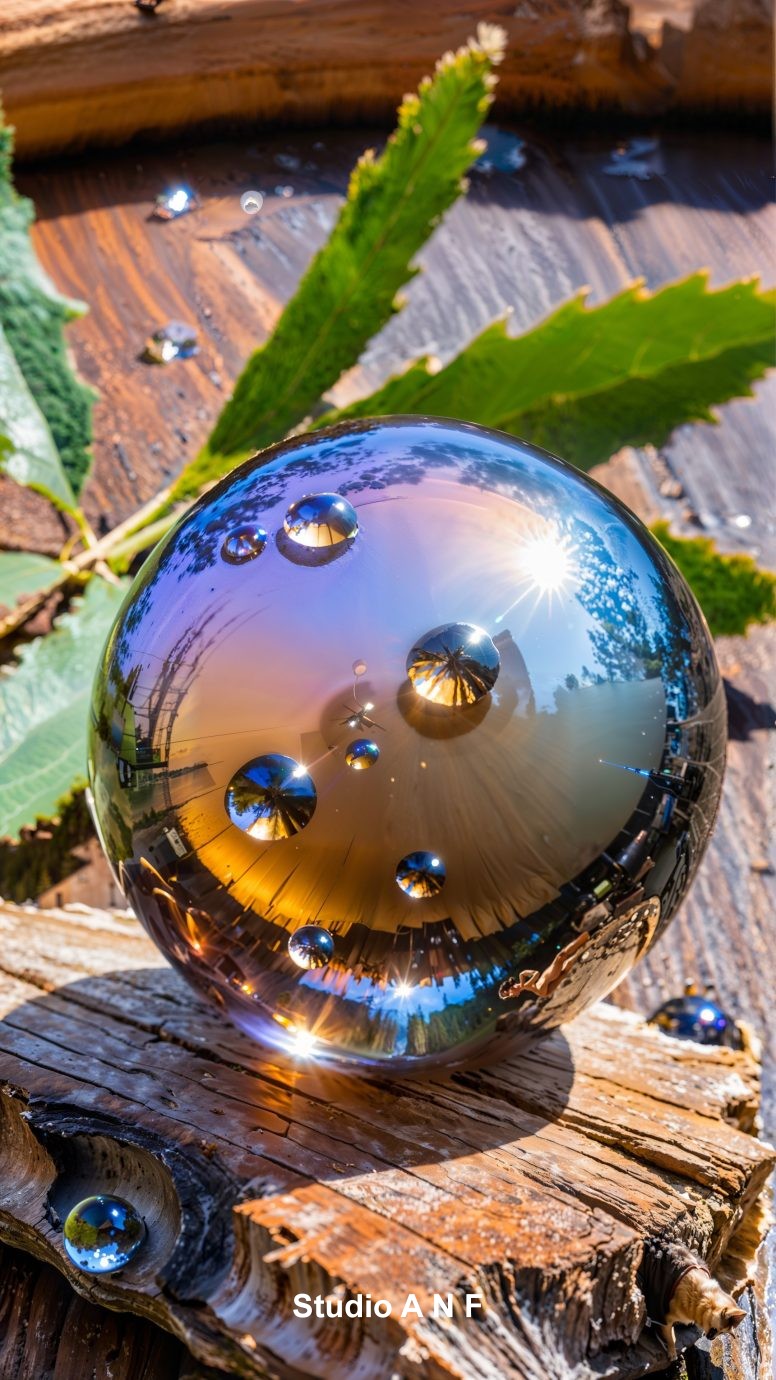

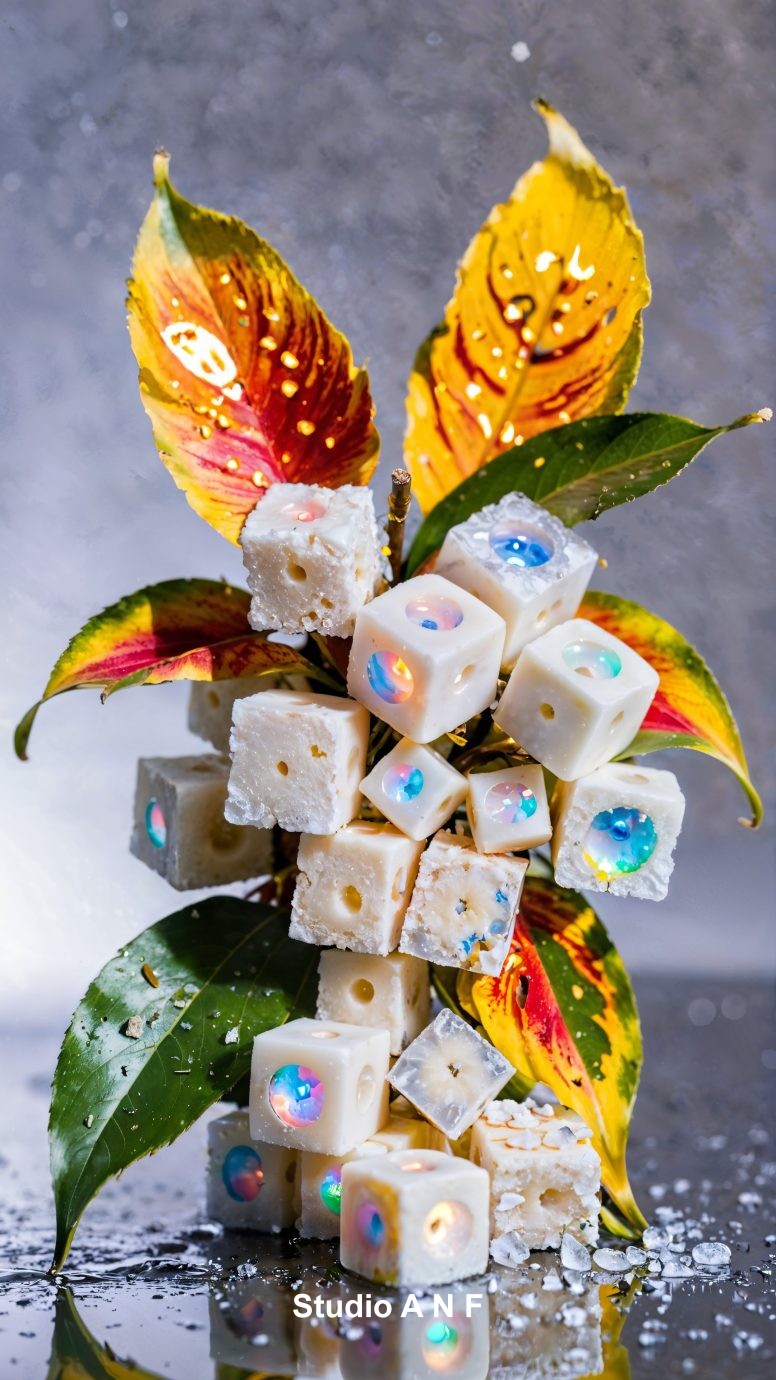
Hypercore’s Influence Beyond Art
Hypercore’s influence extends beyond the corporate media art world. Its aesthetic has started to permeate other areas, such as fashion, advertising, and even user interface design. This crossover showcases the style’s versatility and its ability to resonate with a broader audience.
Future Directions
As AI technology continues to advance, the possibilities for Hypercore art will expand further. We can expect to see more sophisticated and nuanced works as artists and machines collaborate more seamlessly. Additionally, Hypercore might pave the way for new forms of interactive and immersive art experiences, leveraging virtual and augmented reality technologies.
Conclusion
Hypercore represents a significant milestone in the evolution of digital art. By merging AI-generated imagery with pop art maximalism, it offers a fresh, provocative perspective on the role of technology in artistic expression. As Studio ANF stand at the frontier of this new artistic era, Hypercore not only captivates our visual senses but also stimulates deep reflection on the future of creativity in an increasingly digital world.
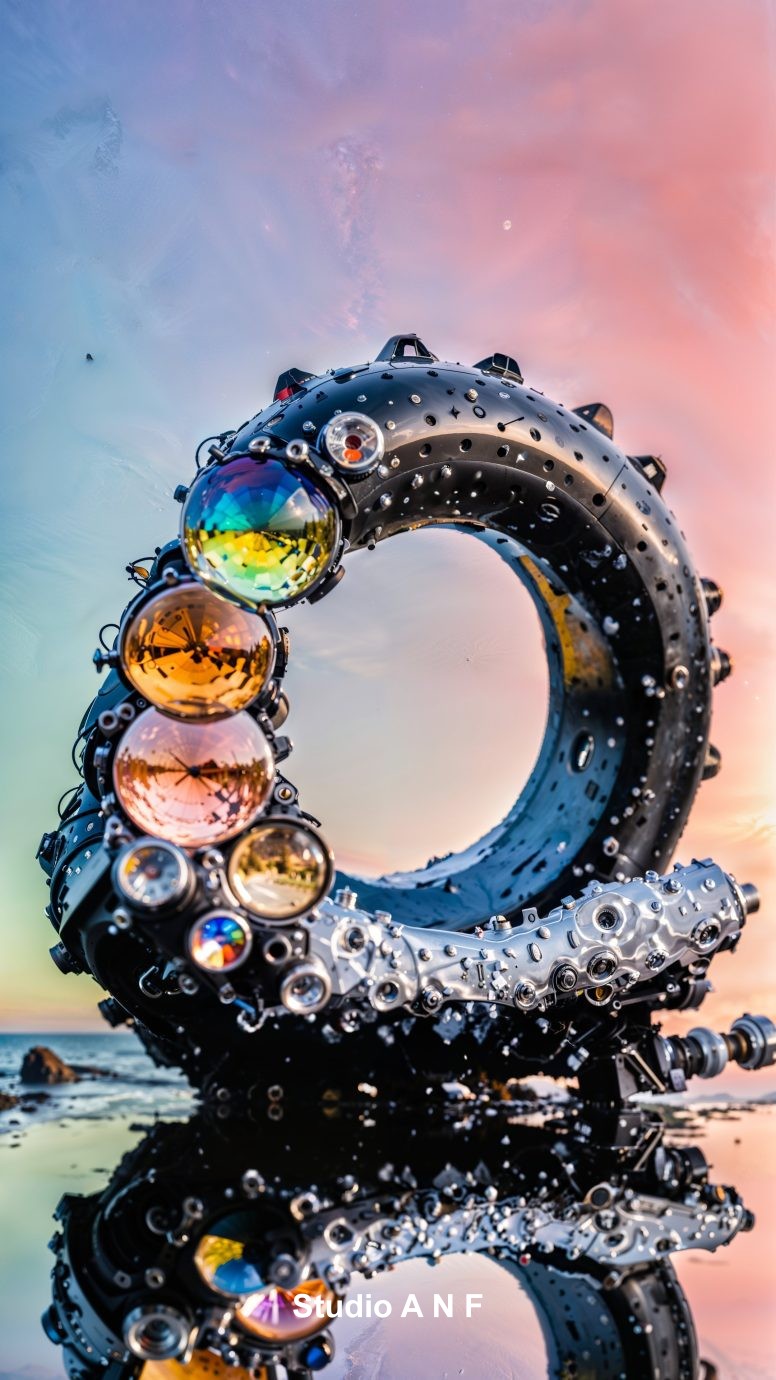

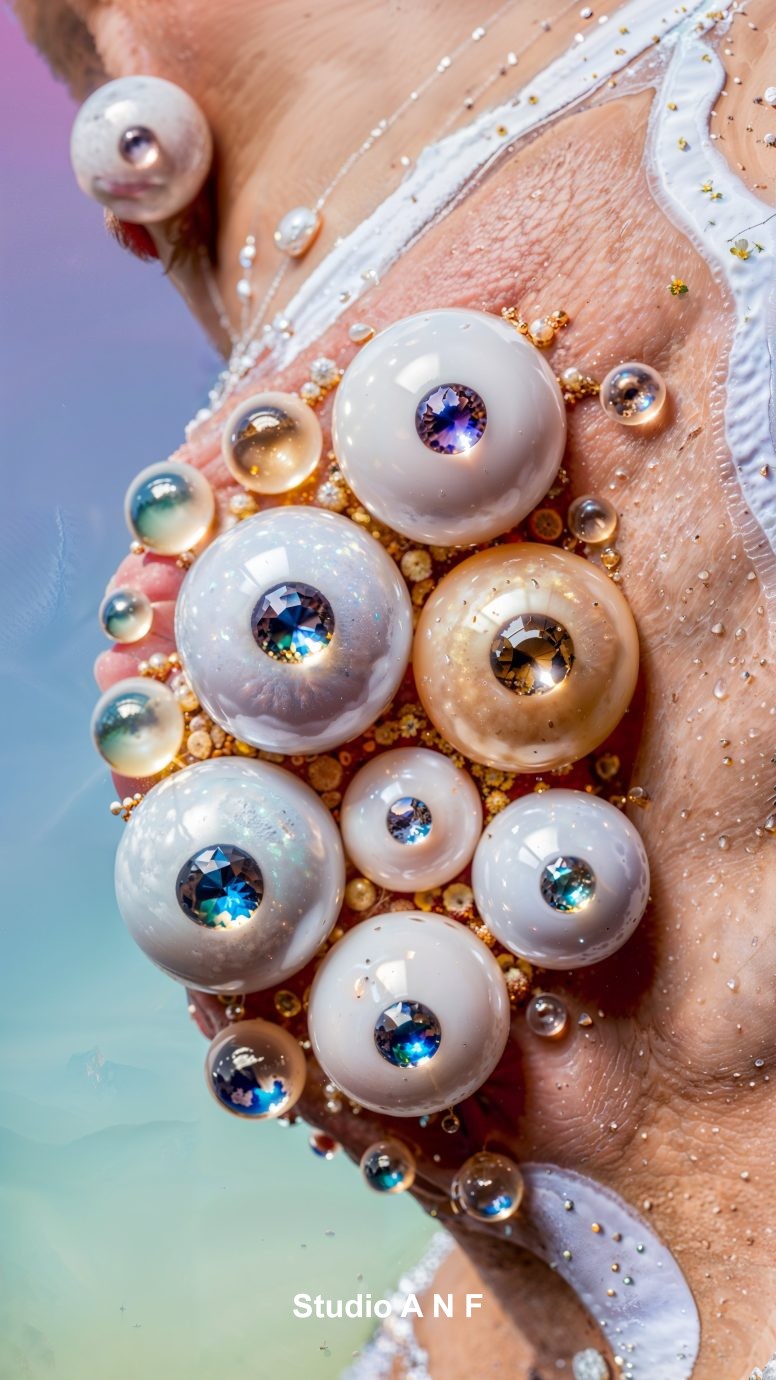
Defining Generative Art
Generative art refers to a process where an artist creates a set of rules or an algorithm that autonomously generates a piece of art. The roots of this concept lie in the idea that art can emerge from a system defined by rules, rather than from the direct hand of the artist. This system can include computer programs, mathematical equations, or even mechanisms involving natural phenomena. The key aspect is that the artist relinquishes direct control over the final outcome, embracing unpredictability and variation.
Historical Evolution
The evolution of generative art is deeply intertwined with the advancement of technology. Its earliest forms can be traced back to the use of mechanical systems in the late 19th and early 20th centuries. However, the real transformation occurred with the advent of computers in the mid-20th century. Artists like Vera Molnar and Manfred Mohr pioneered the use of algorithms and computing in the 1960s and 1970s, setting the stage for the explosion of digital generative art.
In the 1980s and 1990s, as personal computing became more accessible, generative art expanded beyond the confines of elite art circles and academia. This period saw the rise of fractal art, which used mathematical algorithms to create complex, self-similar patterns. The development of the internet and open-source culture in the late 1990s and early 2000s further democratized the field, leading to an influx of creativity and experimentation.
Generative Art in Public Spaces
Transitioning from galleries to public spaces, generative art has redefined the way we interact with our environments. Public space media installations using generative art principles offer dynamic, ever-changing experiences that contrast with traditional static art forms.
One of the earliest examples of generative art in public spaces is the “Ars Electronica Center” in Austria. Opened in 1979, it featured large-scale public installations that used generative principles. Since then, cities around the world have embraced this art form, using it to animate urban landscapes.
In New York City, the “Times Square Midnight Moment” is a famous example. Here, digital billboards are synchronized to display generative art, transforming the commercial epicenter into an immersive art experience each night. Similarly, the “Illuminale Boston” festival showcases interactive installations that respond to environmental factors like wind and sound, engaging the community in a dynamic dialogue with art.
Technological Integration and Interactivity
A defining feature of generative art in public spaces is its interactive nature. Many installations use sensors and cameras to respond to the presence and actions of viewers. This creates a participatory experience, where the public becomes an active element of the artwork. For instance, Rafael Lozano-Hemmer’s “Pulse” series uses biometric sensors to incorporate people’s heartbeats into light and sound displays, creating a deeply personal yet communal art experience.
The integration of advanced technologies such as AI and AR is taking generative art to new frontiers. AI algorithms can analyze and respond to complex data sets, from traffic patterns to social media trends, allowing installations to reflect the pulse of the city in real time. AR adds another layer, enabling people to interact with generative art through their smartphones, blurring the lines between the physical and digital worlds.
The Future of Generative Art in Public Spaces
As we look to the future, generative art in public spaces is poised to become more immersive and integrated into urban life. With advancements in technology, artists will have new tools to explore the intersection of art, environment, and interactivity. The potential for generative art to transform public spaces into dynamic, responsive environments is immense, offering new ways for communities to engage with art and with each other.
In conclusion, generative art represents a compelling blend of creativity and computation, offering new perspectives on the role of the artist and the audience. Its evolution from a niche digital art form to a significant element in public space installations reflects a broader shift towards interactive, technology-driven art experiences. As it continues to evolve, generative art will undoubtedly play a pivotal role in shaping the aesthetic and interactive landscapes of our public spaces, inviting us to reimagine our relationship with art, technology, and the urban environment.
Evolution of Public Space Media Installations: The Synergy of Technology and Artistic Vision
In the realm of public art, media installations have emerged as a powerful medium that intersects artistic vision and technological innovation. Over time, these installations have evolved from simple static displays to complex, interactive experiences that engage, challenge, and communicate with audiences in public spaces. This 1000-word article explores the evolution of public space media installations, focusing on the role of technology and artistic vision.
The Emergence of Public Space Media Installations
The genesis of media installations in public spaces can be traced back to the late 20th century, coinciding with the digital revolution. Early installations were primarily experimental, often spearheaded by artists and technologists who were exploring the potential of digital technologies as a new medium for artistic expression. These installations were typically characterized by large-scale projections or electronic displays, offering a novel visual experience to the public.
The Technological Leap
The rapid advancement of technology has been a pivotal factor in the evolution of media installations. In the early days, limitations in technology meant that installations were often static or played pre-recorded content. However, as digital technologies evolved, so did the complexity and interactivity of these installations.
The introduction of LED technology, for example, enabled artists to create brighter, more vivid displays that were visible even in daylight. This development expanded the possibilities for outdoor installations, allowing them to be more dynamic and engaging.
The advent of the internet and wireless communication technologies further revolutionized these installations. Artists were no longer restricted to static displays; they could now create works that were interactive and could change in real-time. This led to the emergence of installations that could respond to environmental factors, such as weather or the movement of people, creating a more immersive and engaging experience for the audience.
Artistic Vision and Interactivity
The evolution of media installations is not just a story of technological advancement but also of the evolving artistic vision. Artists began to see public space media installations not just as a means to display art but as a tool to interact and engage with the public.
Interactive installations invite the audience to become part of the art itself. This has been achieved through various means, such as motion sensors, touch screens, and even augmented reality. Such installations create a dialogue between the art, the space, and the audience, transforming public spaces into dynamic environments that encourage participation and exploration.
A notable example is Rafael Lozano-Hemmer’s “Pulse Room,” where the installation responds to the heartbeats of the participants, creating a personalized light display. This kind of interactivity transforms the viewer from a passive observer to an active participant, deepening their connection with the artwork.
Blurring the Boundaries Between Art and Technology
As media installations continue to evolve, the line between art and technology becomes increasingly blurred. Artists are now collaborating with engineers, programmers, and scientists to push the boundaries of what is possible. This multidisciplinary approach has led to groundbreaking installations that not only mesmerize with their visual and interactive qualities but also push forward conversations about technology, society, and the environment.
One significant development in this regard is the use of sustainable technologies. Artists are increasingly mindful of the environmental impact of their installations and are exploring the use of solar power, energy-efficient LEDs, and recycled materials. This shift not only reduces the environmental footprint of the installations but also integrates the message of sustainability into the art itself.
Cultural and Social Impact
Public space media installations have a profound impact on the cultural and social fabric of urban environments. They often serve as landmarks and gathering places, contributing to the identity and vitality of public spaces. Moreover, they have the power to transform mundane or neglected spaces into centers of community interaction and cultural exchange.
These installations also serve as a platform for social commentary and civic engagement. Artists have used this medium to address a range of issues, from political and social justice themes to environmental concerns. By bringing these issues into the public eye, media installations can provoke thought, encourage discussion, and inspire action.
Future Directions
Looking to the future, it is clear that public space media installations will continue to evolve in exciting ways. Emerging technologies like augmented reality (AR), virtual reality (VR), and artificial intelligence (AI) offer new avenues for creative expression and audience engagement. These technologies can create even more immersive experiences, blurring the lines between the physical and digital worlds.
Furthermore, as urban spaces become increasingly digitalized, we can expect a greater integration of media installations into the urban infrastructure. This could lead to a future where art and technology are seamlessly woven into the fabric of our cities, enhancing our daily experiences and interactions with public spaces.
The evolution of public space media installations reflects a fascinating interplay between technological innovation and artistic vision. From their humble beginnings as simple projections to the complex, interactive experiences of today, these installations have transformed the way we interact with art and public spaces. As technology continues to advance and artists continue to push the boundaries of creativity, we can expect these installations to play an increasingly significant role in shaping the aesthetic and cultural landscapes of our urban environments.
The Role of Interactivity in Generative Art Installations
In the contemporary art world, generative art installation stand out for their unique blend of creativity and technology. At the heart of these installations lies the concept of interactivity, a dynamic element that fundamentally alters the traditional relationship between the artwork and its audience. This 1000-word article delves into the role of interactivity in generative art installations, exploring how it transforms the viewer’s experience and the artwork itself.
Understanding Generative Art
Generative art, in its essence, is art that in some way has been created with the use of autonomous systems. These systems can range from computer algorithms and AI to non-digital processes that follow a set of rules. The key aspect of generative art is the element of unpredictability and autonomy, where the artist creates the system or the rules, but the outcome is left to the system itself.
The Emergence of Interactivity
Interactivity in art is not a new concept, but its integration with generative art has opened up new avenues of exploration. Initially, generative art was mostly non-interactive, where the system generated artwork independently without any real-time input from viewers. However, as technology evolved, so did the capability to incorporate interactive elements into these installations.
Transforming Viewer into Participant
The primary impact of interactivity in generative art is the transformation of the viewer’s role from a passive observer to an active participant. Interactive generative art installations often respond to the presence or actions of the audience, making each experience unique. This engagement can range from physical movements, such as walking or gesturing, to physiological inputs like heartbeat or voice.
For example, in Rafael Lozano-Hemmer’s “Pulse Room,” the installation responds to the heartbeats of its participants. This direct involvement creates a personal connection with the artwork, as viewers see their own biological rhythms translated into visual and auditory elements.
Enhancing Emotional Connection and Engagement
Interactivity enhances the emotional connection and engagement between the audience and the artwork. When participants realize that their actions can alter the art piece, it evokes curiosity, surprise, and a sense of wonder. This level of engagement often leads to deeper contemplation and interpretation of the artwork, as viewers are not just looking at a piece of art but are part of the creation process.
The Use of Sensors and Data in Interactivity
The technological backbone of interactivity in generative art is often sensors and real-time data processing. Sensors can detect motion, touch, sound, light, and even physiological data, which the system then translates into visual or auditory outputs. This technology allows for a responsive and dynamic artwork that can change from moment to moment, offering a living, breathing artistic experience.
For instance, in many interactive installations, motion sensors are used to track the movement of viewers. As people move around the space, the artwork changes – it could be a shift in the pattern of lights, a change in sound, or a transformation in the visual elements on a screen. This responsiveness to human activity makes the artwork seem alive and conscious, deepening the interactive experience.
Creating a Community Experience
Generative art installations, especially those placed in public spaces, often foster a sense of community. When an artwork responds not just to one person but to a group, it creates a collective experience. This shared interaction can break down barriers between strangers, encouraging collaboration, conversation, and shared enjoyment.
Challenges and Considerations
While interactivity adds a rich layer to generative art, it also brings its own set of challenges. Balancing the artistic vision with the technical complexity of interactive systems can be difficult. The artist must consider not only the aesthetic and conceptual aspects of the artwork but also the robustness and responsiveness of the interactive system.
There is also the challenge of making the interaction intuitive and accessible to people of all ages and backgrounds. The design of the interactive elements must be such that it invites participation without overwhelming or confusing the audience.
The Future of Interactive Generative Art
Looking ahead, the future of interactive generative art appears rich with possibilities. Advancements in technology, such as augmented reality (AR), virtual reality (VR), and artificial intelligence (AI), are opening new frontiers for artists to explore. These technologies can create even more immersive and personalized experiences, pushing the boundaries of how we define art and interaction.
For instance, AI can be used to create installations that not only respond to current inputs but also learn and adapt over time. This could lead to installations that evolve and grow, offering new experiences with each interaction.
The role of interactivity in generative art installations is a testament to the evolving nature of art in the digital age. By bridging technology and creativity, these installations offer a new way of experiencing and understanding art. They invite us to not just view but participate, to not just observe but interact. As technology continues to advance, we can anticipate more innovative and engaging interactive generative art, further enriching our cultural and artistic landscapes.
Emerging Technologies and Generative Art: Shaping the Future of Immersive Interactivity
In the realm of contemporary art, the advent of technologies such as Artificial Intelligence (AI), Virtual Reality (VR), and Augmented Reality (AR) has initiated a seismic shift, particularly in the field of generative art. This 1000-word article delves into how these emerging technologies are influencing generative art, expanding its boundaries, and paving the way for future possibilities in creating immersive and interactive installations.
AI: A New Palette for Artists
Artificial Intelligence, with its capability to learn, adapt, and create, has become an invaluable tool for artists exploring generative art. AI algorithms can analyze vast amounts of data, recognize patterns, and generate outputs that are complex, nuanced, and often unpredictable. This has opened up new avenues for creativity that were previously inconceivable.
For example, AI can be used to create visual art that evolves in real-time, responding to external data inputs such as social media trends, weather patterns, or even stock market fluctuations. This dynamic interplay results in artwork that is not static but a living entity, continuously changing and evolving.
Moreover, AI’s ability to generate realistic text, imagery, and sound has enabled artists to craft experiences that are increasingly sophisticated and emotionally resonant. Generative artists are using AI to create not just visual pieces but also generative music, interactive narratives, and complex multimedia experiences.
VR and Generative Art: Immersive Worlds of Creativity
Virtual Reality takes the concept of generative art to an entirely different level by immersing the viewer in a completely fabricated, yet highly realistic, digital world. VR allows artists to create environments that are not only visually spectacular but also interactive and responsive.
In the context of generative art, VR can be used to create environments that evolve in response to the user’s actions or emotions. For instance, a VR art installation might change its landscape, colors, or sounds based on the viewer’s movements or biometric data, such as heart rate or eye movement. This creates a deeply personal and immersive experience, where the viewer is not just observing but is an integral part of the artwork.
Augmented Reality: Blending the Real and the Imaginary
AR adds another dimension to generative art by overlaying digital information onto the real world. This technology allows artists to create works that interact with the physical environment in real-time, offering a hybrid experience that combines elements of both the real and the virtual worlds.
In generative art, AR can be used to transform ordinary physical spaces into interactive, digital landscapes. For example, an AR installation in a park could allow visitors to see and interact with virtual flora and fauna that respond to their presence or actions, effectively turning the space into a dynamic, ever-changing art piece.
The Future of Immersive and Interactive Installations
As these technologies continue to evolve, the future possibilities for immersive and interactive installations in generative art are boundless. We can envision installations that are more personalized, responding not just to physical inputs but also to emotional and cognitive states of the viewer. AI could analyze a viewer’s reactions and adapt the artwork in real-time, creating a truly personalized experience.
Furthermore, the convergence of AI, VR, and AR could lead to new forms of art that transcend traditional boundaries. Imagine a generative art installation where AI creates a constantly evolving narrative, experienced through VR, while AR elements integrate this narrative into the physical space around the viewer. Such an experience would blur the lines between reality and virtuality, art and experience, creator and viewer.
Challenges and Ethical Considerations
While the integration of AI, VR, and AR in generative art opens up exciting possibilities, it also brings challenges and ethical considerations. One of the primary concerns is the accessibility of these technologies. High costs and the need for specialized equipment can limit access to these art forms, potentially creating a divide between those who can and cannot experience them.
Additionally, the use of AI in art raises questions about authorship and creativity. As AI systems become more advanced, discerning where the artist’s input ends and the AI’s creativity begins can be challenging. This raises fundamental questions about the nature of art and creativity in the age of AI.
The influence of emerging technologies like AI, VR, and AR on generative art is undeniable. These technologies are not just tools but collaborators, opening new horizons for artistic expression. They allow artists to create works that are more interactive, immersive, and personalized than ever before. As we look to the future, the potential for these technologies to transform the landscape of generative art is immense, promising experiences that are not only visually and emotionally captivating but also profoundly transformative.
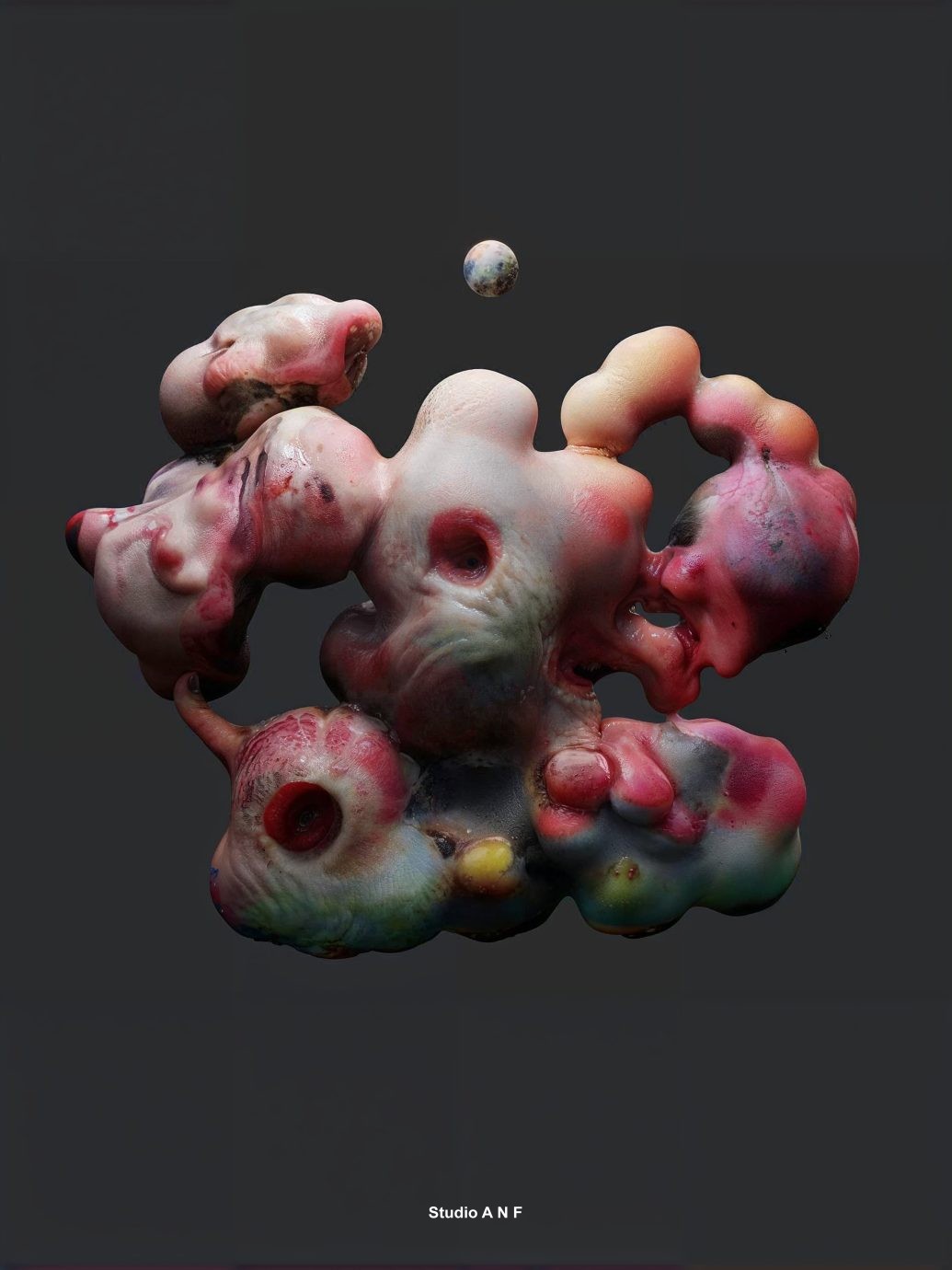
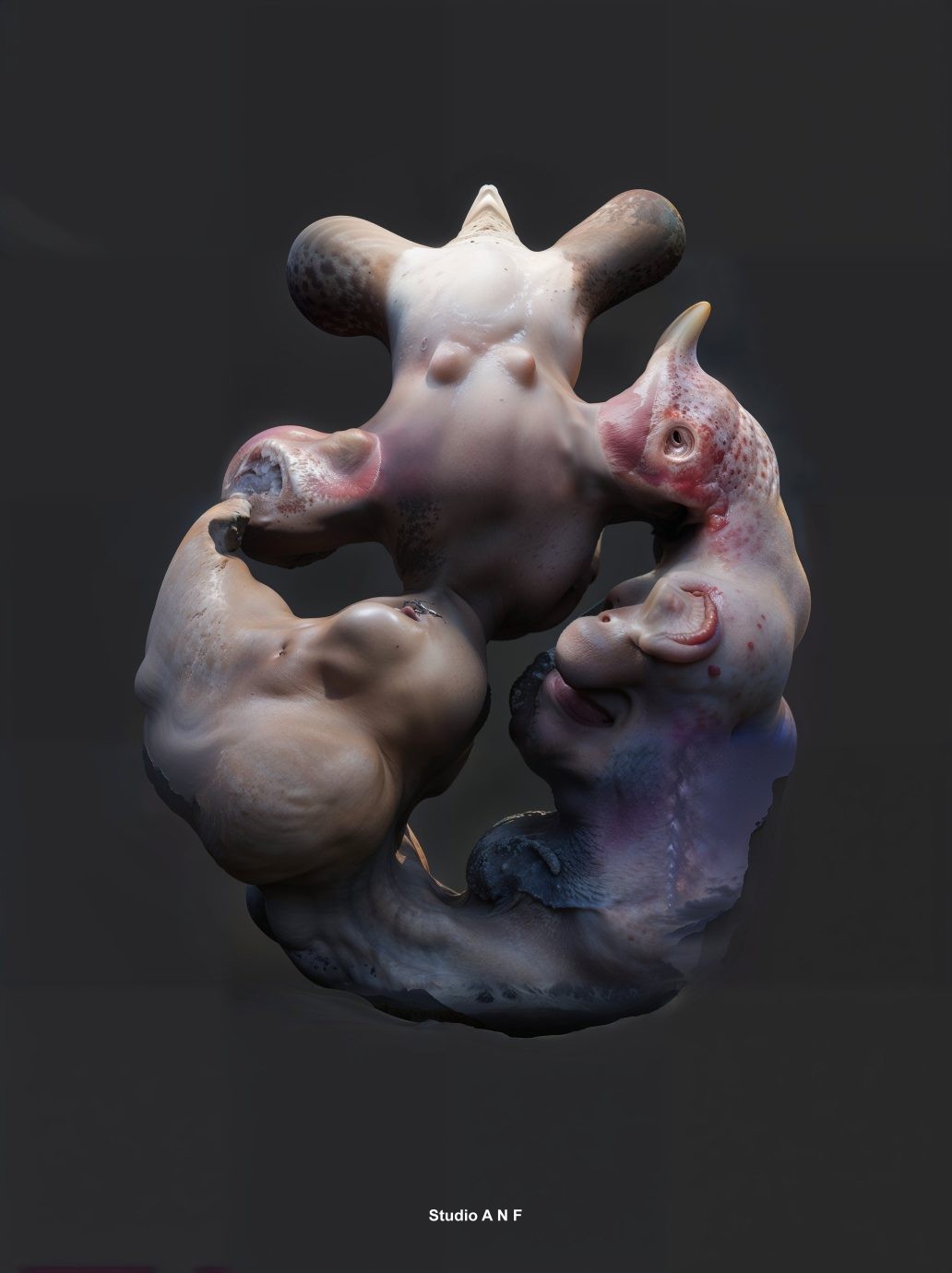
Work from the wretched year of twenty twenty, the beginning of the downfall of all civilization on planet earth. Artificial intelligence and Neural Networks were once again recruited as generative tools to create interesting and evocative shapes. Then even more neural networks competed against each other to increase depth and detail in the 2d textures, which were then mapped to roughly modelled 3d shapes. We bow down to our new machine overlords – as we always have and always will.
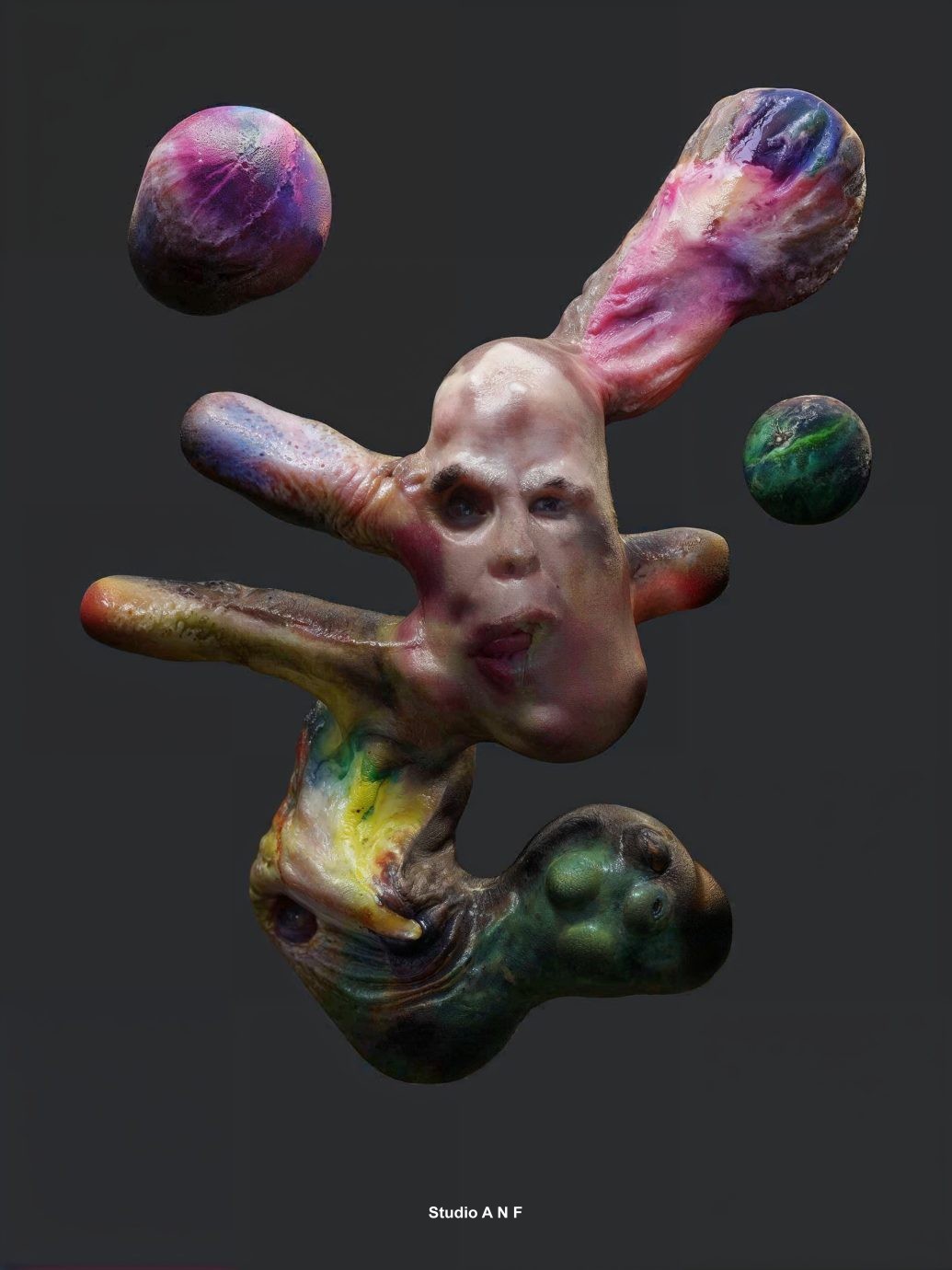
Artificial intelligence is reshaping the frontier of sculpture, introducing a novel category of art known as AI-generated sculptures. This intersection of technology and creativity leverages AI algorithms to conceive and construct three-dimensional artworks, offering a new perspective on the creative capabilities of machines.
AI-generated sculptures stir debate around creativity, authorship, and the essence of art. Critics question the emotional depth of AI-created works, while supporters view AI as an extension of traditional artistic tools, pushing the boundaries of crativity. These sculptures also challenge notions of originality, as AI can generate countless variations on a theme, complicating concepts of uniqueness and copyright in art.
The evolution of AI suggests more intricate and interactive sculptures ahead. Incorporating real-time data could lead to pieces that evolve with environmental changes or audience interactions, blurring the lines between art, viewer, and context. Additionally, merging AI art with virtual and augmented reality technologies promises new experiential dimensions, allowing for immersive encounters with art that transcend physical space.
The rise of AI in sculpture prompts ethical questions about creativity’s nature and the implications of using AI to produce art that may infringe on existing copyrights or dilute the human touch in creativity. These concerns underline the need for ongoing dialogue about the role and regulation of AI in the art world.
AI-generated sculptures represent a dynamic fusion of AI technology and artistic exploration. While they challenge conventional views on art and creativity, they also open up unprecedented possibilities for innovation and expression in sculpture. As AI technology advances, it promises to further expand the horizons of what can be imagined and created, inviting both artists and audiences to rethink the essence and potential of art in the digital age.
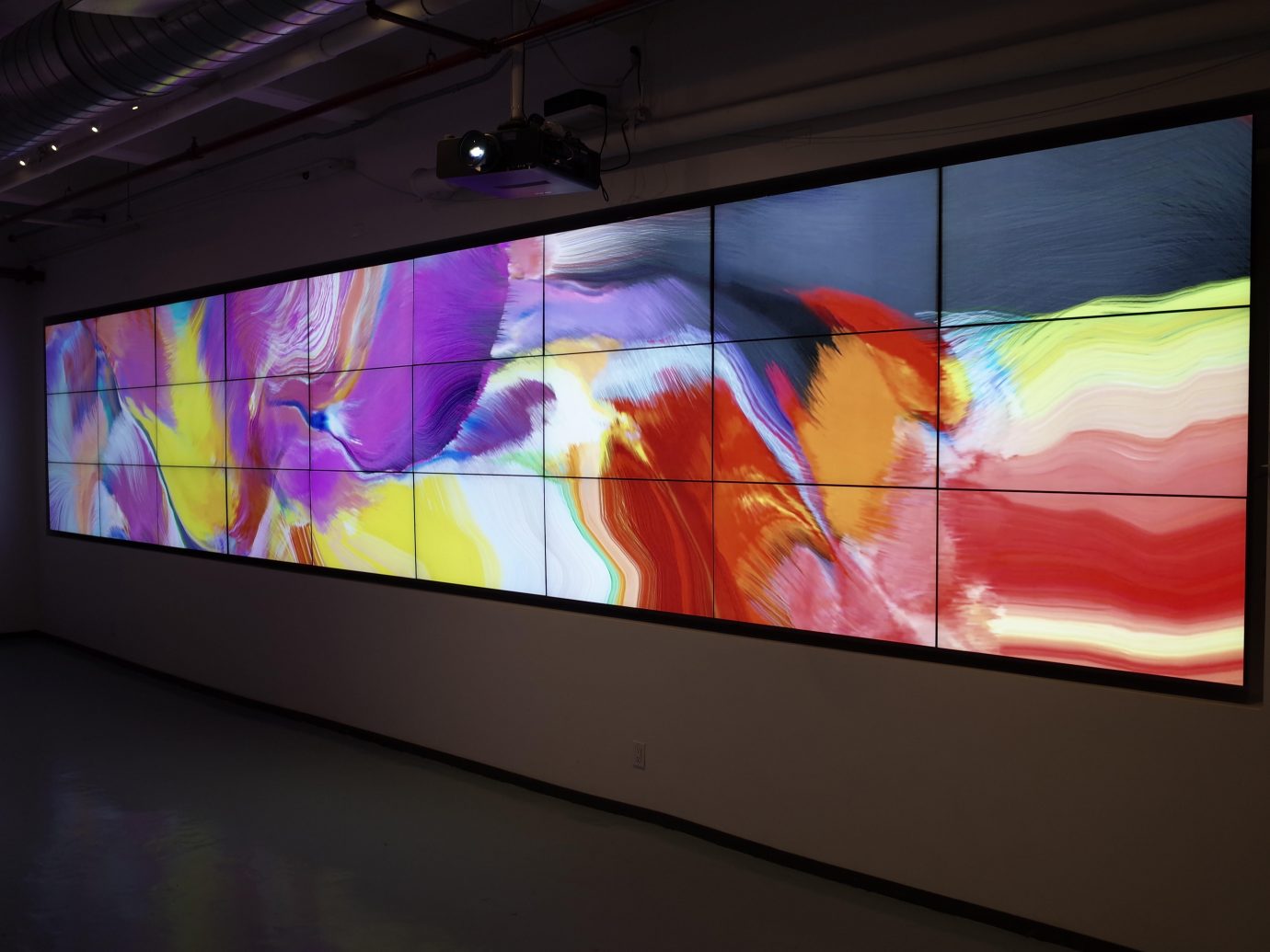
The Made in NY Media Center’s latest exhibit, “Frame Null Abyss – A Decade of A N F,” celebrates a significant milestone in the career of Andreas Nicolas Fischer, a visionary in the realm of media artwork. Over the past decade, Fischer has meticulously carved out a unique niche within the digital arts experience landscape, transitioning from abstract explorations to crafting deeply narrative and experiential works that challenge and expand our understanding of technology, society, and human existence. This retrospective not only showcases Fischer’s evolution as an artist but also invites viewers to immerse themselves in a thought-provoking journey through the digital zeitgeist of our era.
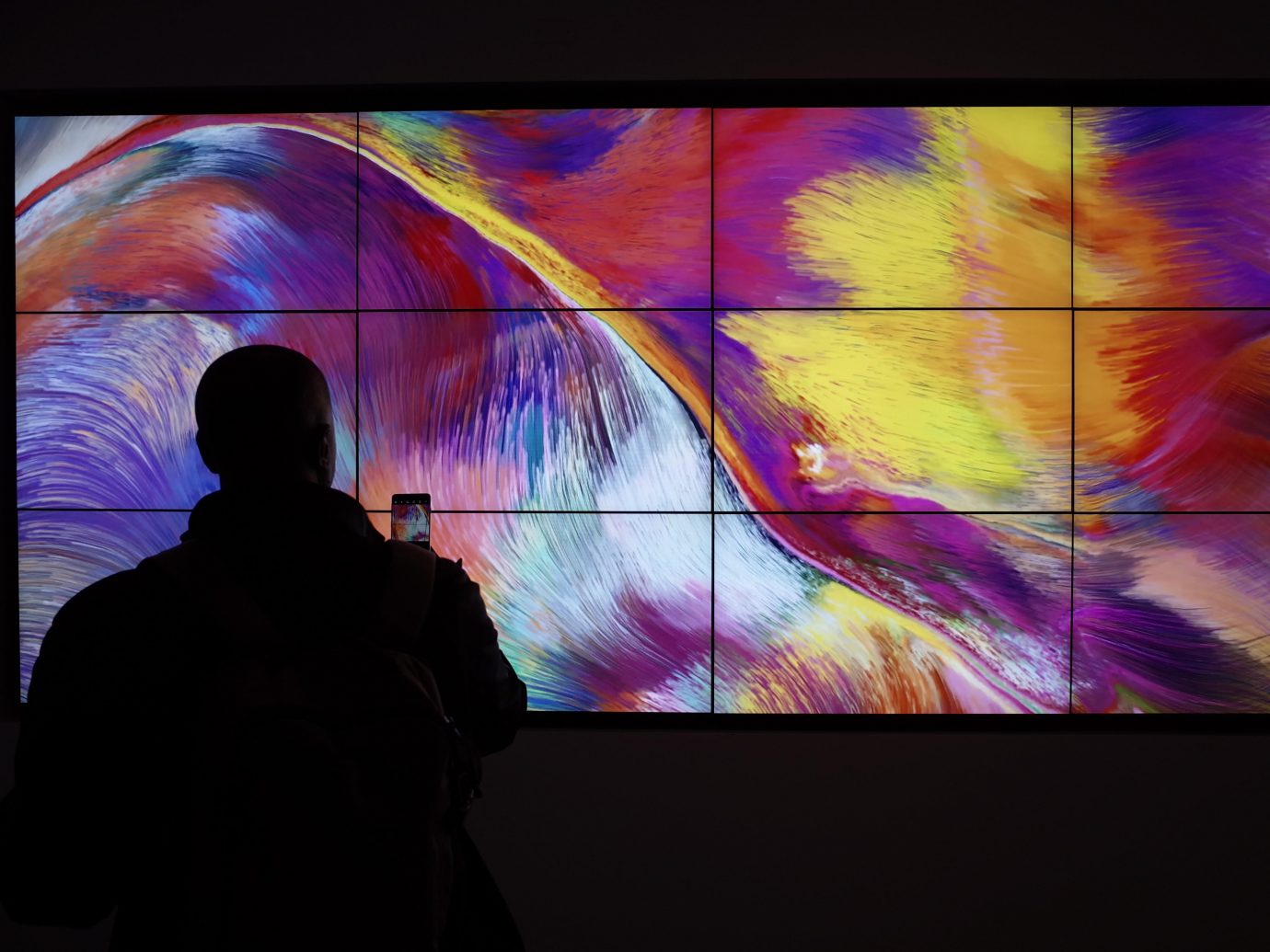
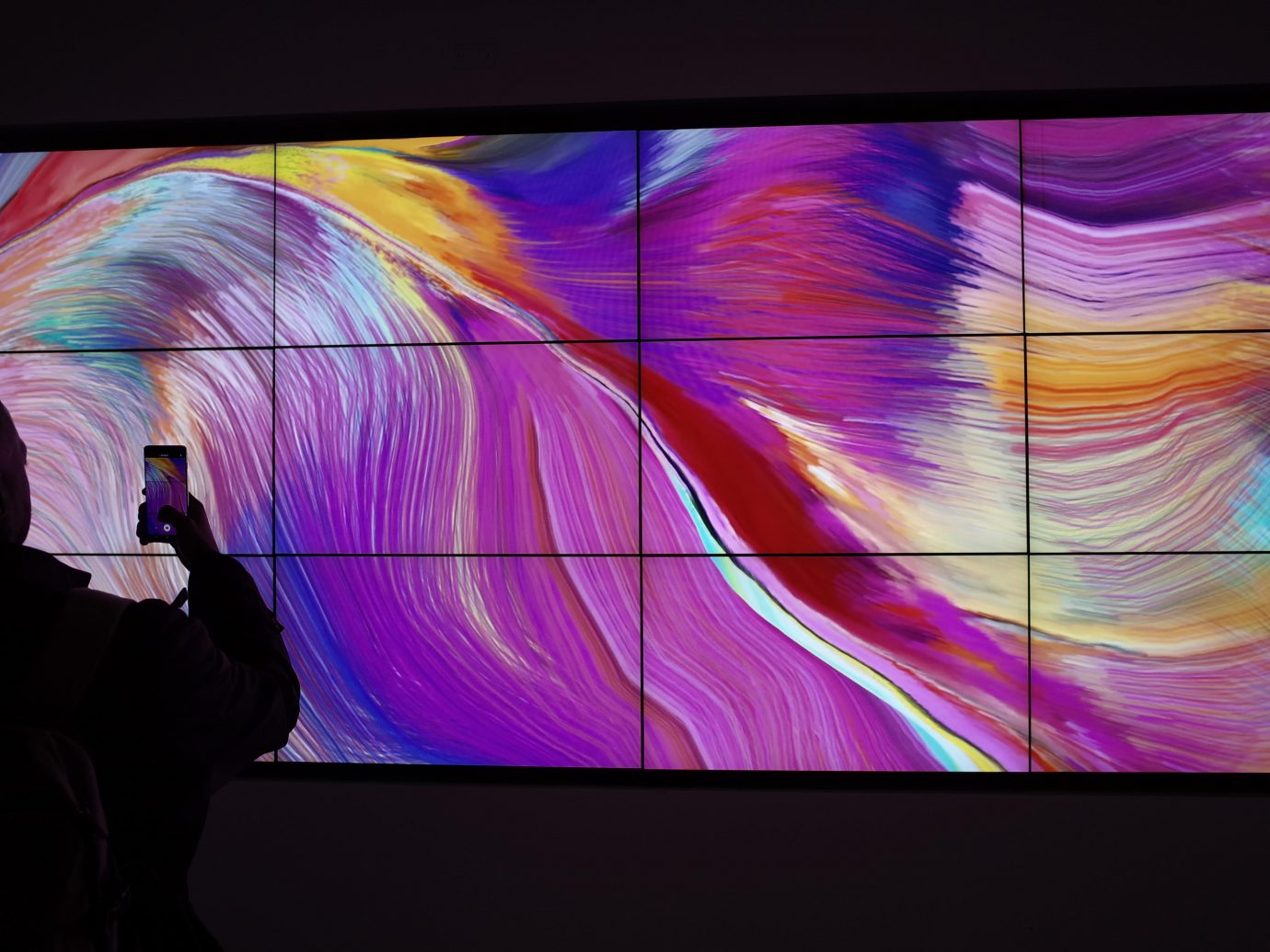
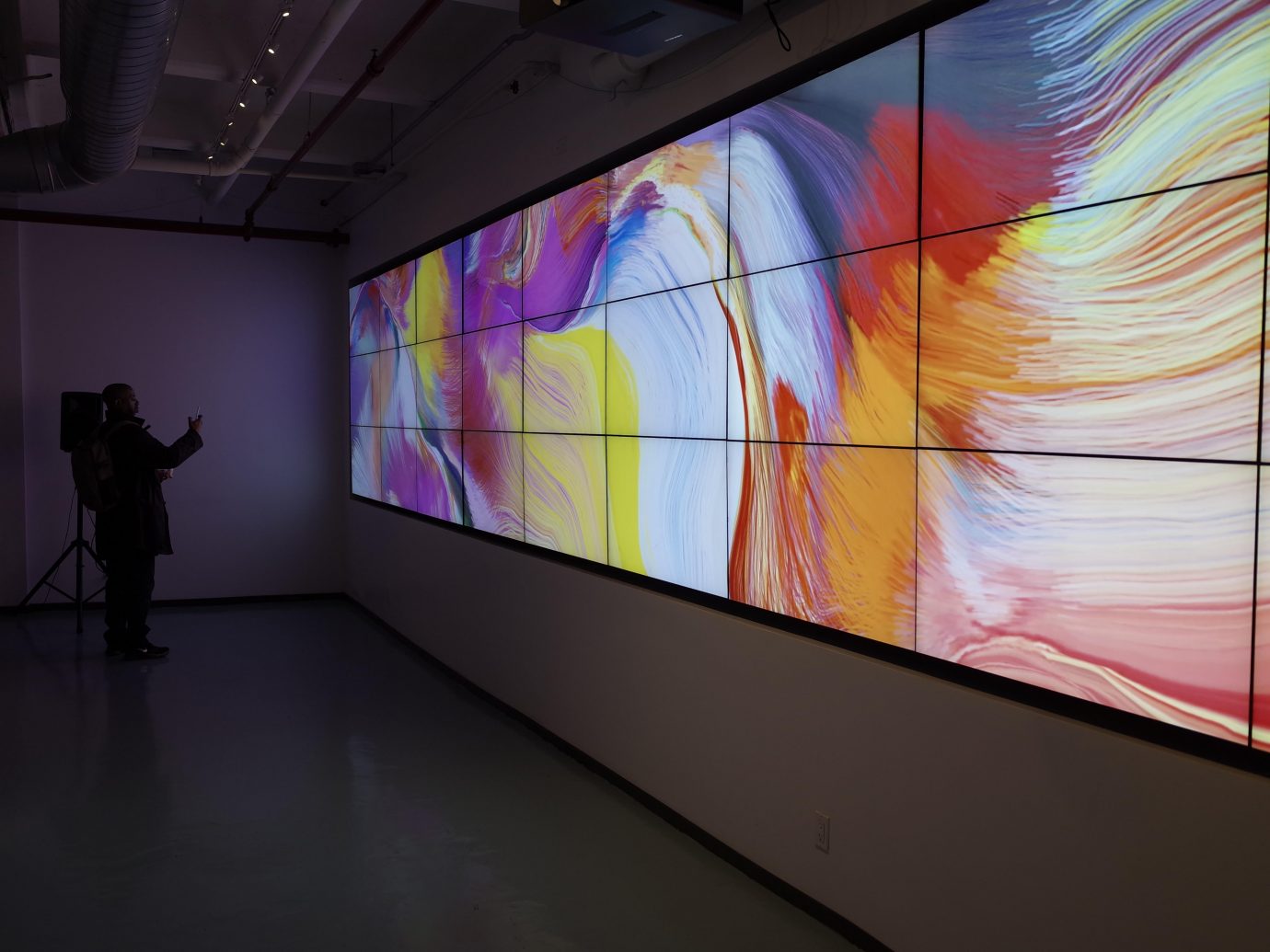
Over the last ten years, Fischer’s work has evolved from a place of abstraction into more pointed, guided experiential work with an emphasis on narrative. Early works, such as the Drone series, are overflowing with color and seem to be primarily concerned with technique. Fluid dynamics simulations and particle systems combine to form abstract worlds that coalesce and disperse in response to both sound and the whims of the artist.
Fischer’s artistic trajectory is marked by a profound transformation. His early endeavors, exemplified by the “Drone” series, are vibrant tapestries of color and motion, where technique takes center stage. These pieces leverage sophisticated fluid dynamics simulations and particle systems to create ephemeral, abstract worlds. They are immersive experiences, responding dynamically to sound and the artist’s interventions, offering viewers a glimpse into the boundless possibilities of digital creation.
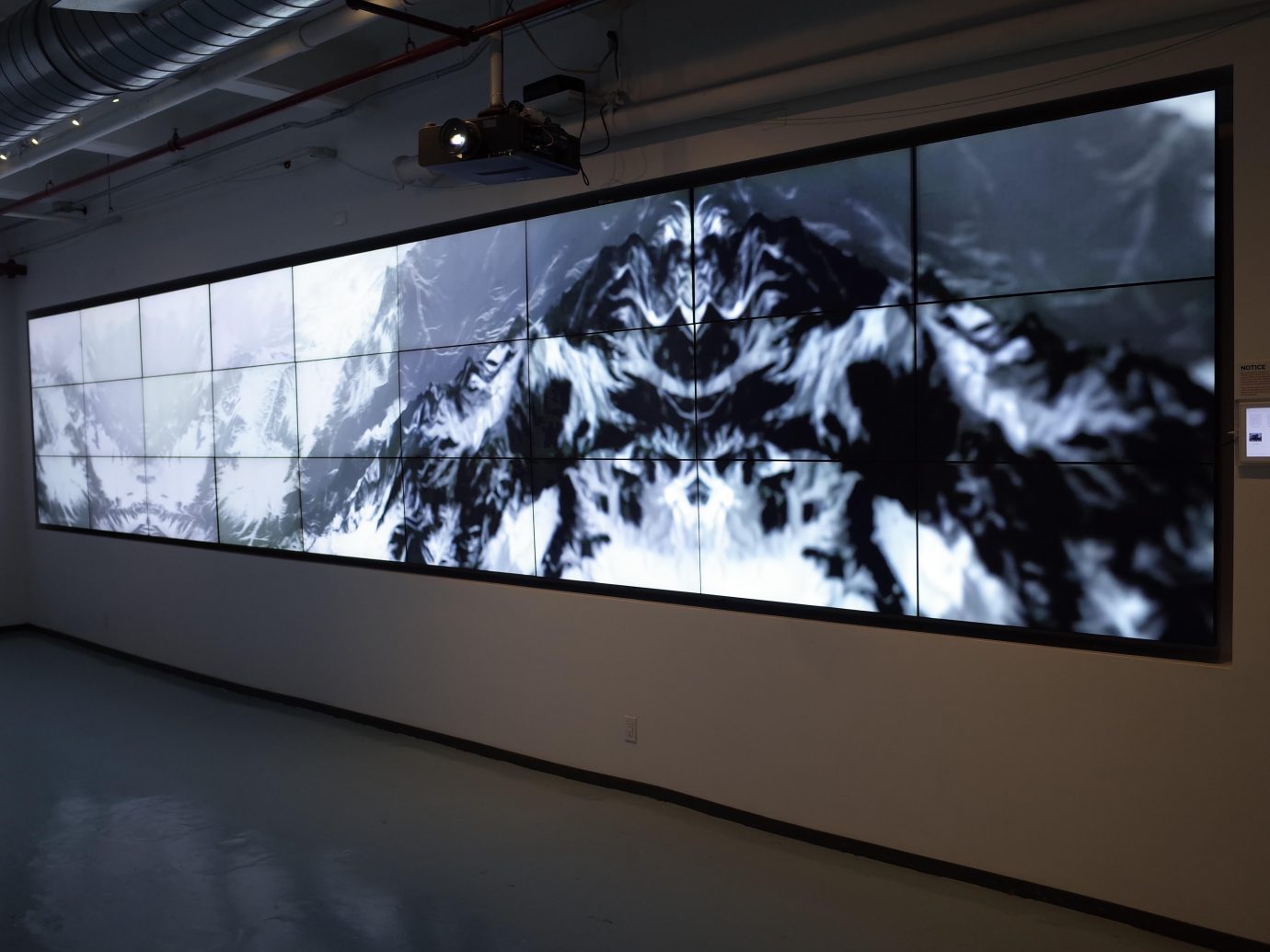
As his work progressed, however, Studio ANF‘s Fischer began to infuse his digital arts experience with more substantive thematic concerns. The shift is palpable, moving from the abstract to the pointedly existential, where fears and fascinations regarding our entanglement with technology and its societal implications come to the forefront. This phase of Fischer’s oeuvre is not just an exploration of new visual forms but a profound inquiry into the nature of humanity in the age of digital ubiquity. Through innovative visual languages and structural approaches, Fischer engages with themes that are at once universal and intimately personal, reflecting broader cultural anxieties about technology’s role in shaping human destiny.
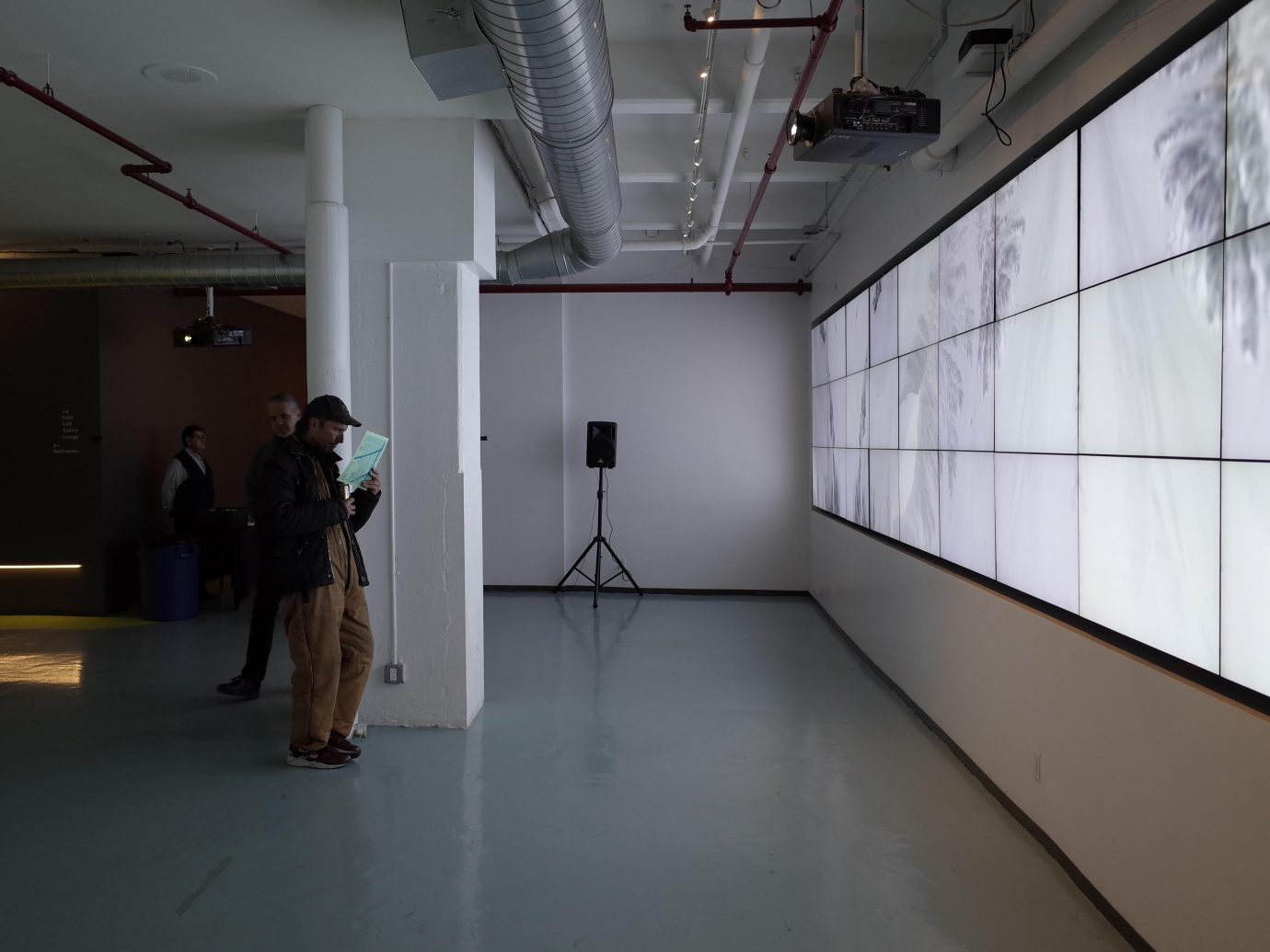
Later works, however, begin to incorporate fears about our relationship with technology, the workings of society, and our increasing unhappiness. While many creative technologists are contemplating and exploring similar themes, Fischer brings innovative visual and structural sensibilities to this familiar discourse. The result is at once visually arresting and philosophically thought-provoking, with horrifying implications.
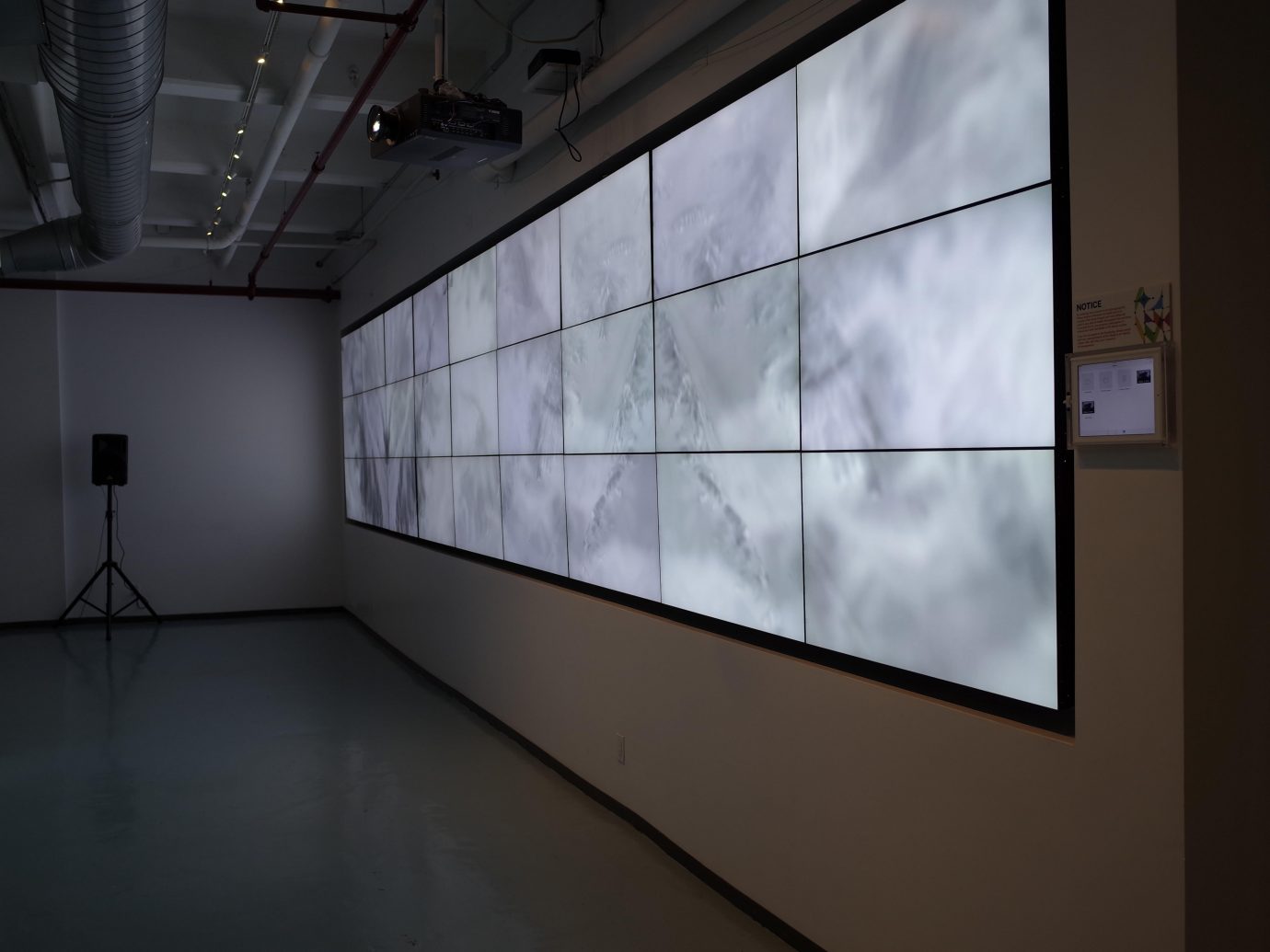
His Computer Visions series begins ominously with a quote from Karl Marx rendered as white text on a gray background before shifting to a familiar particle system. But that familiarity is quickly discarded as the imagery transforms into lines of expressionless automatons and the text takes on a more subjective, narrative tone, contemplating the nature of what it means to be human and what it means to evolve, before eventually positing that our eventual obsolescence might not be a bad thing.
The second installment of Computer Visions continues to see the artist growing not only his technique but his structural and philosophical leanings, as well. An onyx carcass on a beach gives way to a walk through a desecrated landscape with imagery on disembodied screens as a voice plays psychiatrist and questions the moral and ethical ramifications of fame, wealth, pharmaceuticals, and even our very existence before closing by saying, remember, I’ll always love you.
Throughout this creative evolution, Fischer has maintained a sense of visual playfulness that contrasts nicely with the deep and often dark philosophical questioning that underpins his work. Bright colors and whimsical physics simulations serve to usher the unsuspecting viewer into Fischer’s worlds, lulling them into a state of complacency before turning those worlds upside down and inside out with philosophical inquiries and existential dread. But these are not depressing works – they force viewers to confront the most difficult questions human beings have to contemplate and one is left with a sense of advancement, of being changed for the better after having faced our own mortality.
Fischer’s media art studio work, however, is not merely a catalogue of dystopian visions. There is a playful, almost whimsical quality to his use of color and simulation, a testament to the artist’s ability to balance the gravitas of his thematic concerns with a visually engaging approach. This duality serves to draw the viewer in, offering an accessible entry point into complex philosophical debates about existence, ethics, and the future of humanity.
“Frame Null Abyss” is more than a retrospective; it’s an immersive experience that culminates in a new, site-specific generative work designed for the Media Center’s 360-degree projection. This piece, like much of Fischer’s recent work, is not just to be viewed but experienced, enveloping the audience in a multidimensional exploration of digital consciousness.

Photo by Christopher Bauder
Samsung Electronics, the global TV industry leader, is elevating its presence at IFA 2016 with a special exhibition designed by a team of emerging German artists. The installation, entitled The Origin of Quantum Dot, showcases the beauty of Samsung’s SUHD TVs with Quantum dot display, while incorporating video, lighting and musical elements.
The Origin of Quantum Dot is a stained glass-inspired art installation designed by Andreas Nicolas Fischer, Schnellebuntebilder, Christopher M. Bauder and kling klang klong. The artists came together from different creative backgrounds – including sound, media art and sculpture – to build the unique work of art. The piece contains 45 SUHD TVs and 9,000 shards of stained glass.
“We designed The Origin of Quantum Dot exhibition, the largest we’ve ever produced, so that visitors at IFA can directly experience the visual excellence of the premium SUHD TV with Quantum dot display,†said HS Kim, President of the Visual Display Business at Samsung Electronics. “We are proud to have partnered with such talented, local artists to bring this visual concept to life.â€

Photo by Christopher Bauder

Photo by Christopher Bauder


Contact
Please direct project enquiries to andreas.fischer [~at~] studioanf.com
We have worked with international clients and brands like Diesel, Audi, Hugo Boss, Samsung, Time Warner and Mercedes-Benz, creating digital experiences, websites, data visualizations and installations.
About
Andreas Nicolas Fischer is a graduate of the class of professors Sauter and Ängeslevä at the Berlin University of the Arts.
His work has been shown at HEK Basel, Kiasma Helsinki, Eyebeam New York, Today Art museum Beijing, LEAP Berlin, DAM Berlin, Film Museum Vienna, Rua Red art center Dublin and the SECCA (South Eastern Center for Contemporary Art) in the US.
He has performed with the Winston Salem symphony orchestra, at Glow festival Eindhoven as well as contributed visuals for the Flying Lotus 2016 tour.
Book publications include Generative Gestaltung, Digital Art (Wolf Lieser), Data Flow I and Data Flow II.
Selected Corporate Projects
2021 Generative Realtime Media Installation 1275K Washington DC
2019 Generative design for mobile phone maker OPPO
2018 Generative logo design with Hiker New York for the MOMACS institute at Pittsburgh University
2016 Samsung IFA trade fair media design with Cheil
2016 Pattern Design Italian Fashion Label Stile Ilaria Nistri
2015 Generative 360 degree real-time environment for the Diesel Flagship Store Piazza Di Spagna in Rome with Postmatter
2015 Art Direction for Mercedes at the Auto Beijing with Monomango
2015 Pattern Design for the Quiksilver collection of Pro Snowboarder Travis Rice
2015 Art Direction for Hanergy Solar VFX short film UI design
2014 Hugo Boss Display Campaign for the flagship Store London Spitalfields with Schokolade Film
2010 Art Direction for the Shanghai State Grid Expo Pavillon with m-box and Tamschick Media and Space
